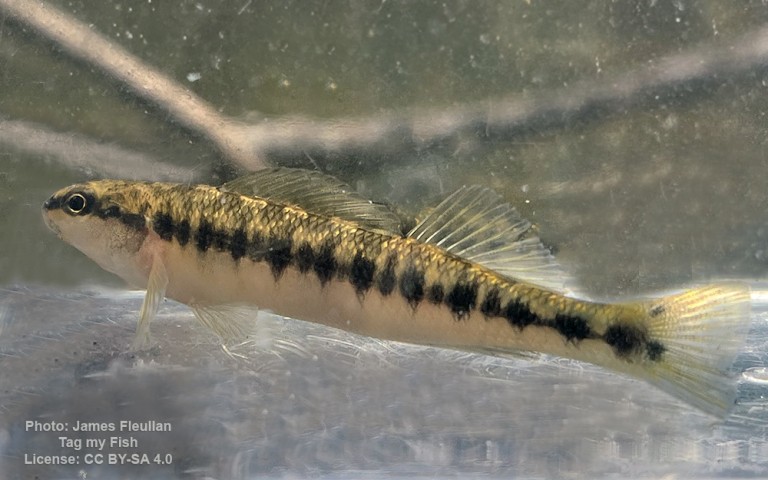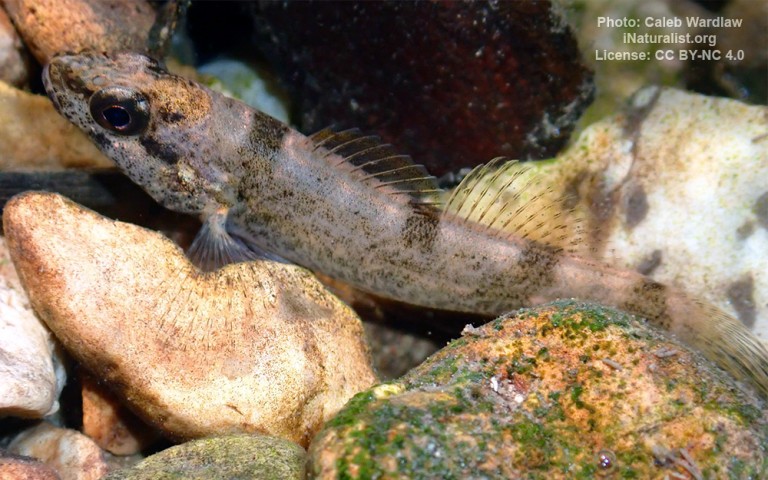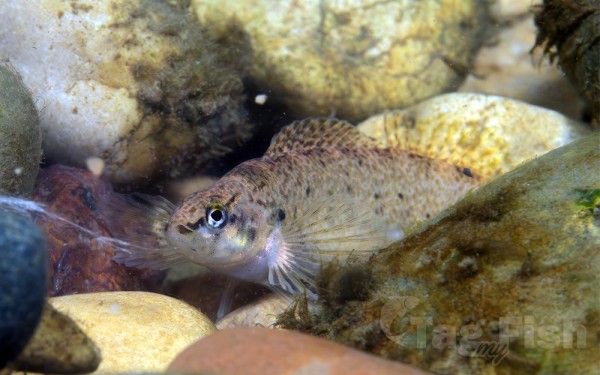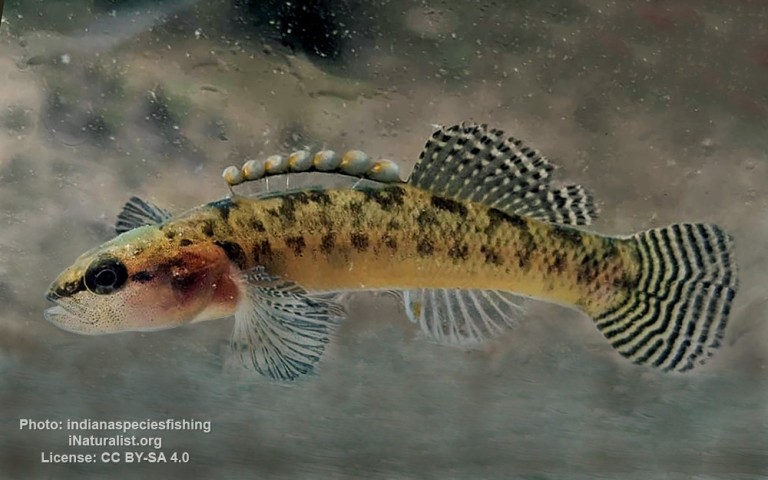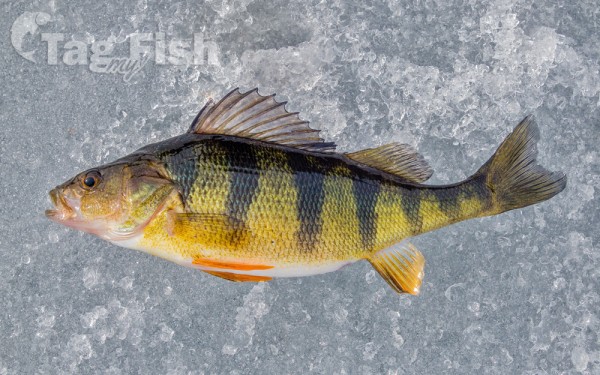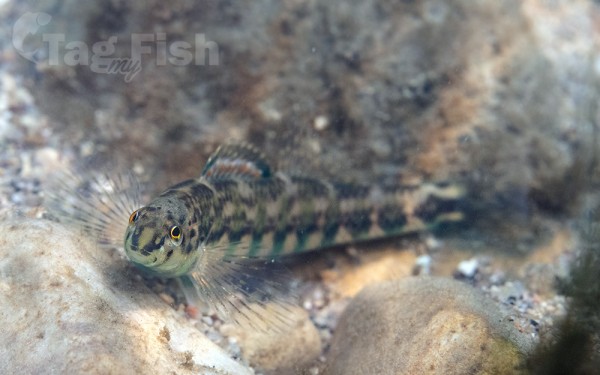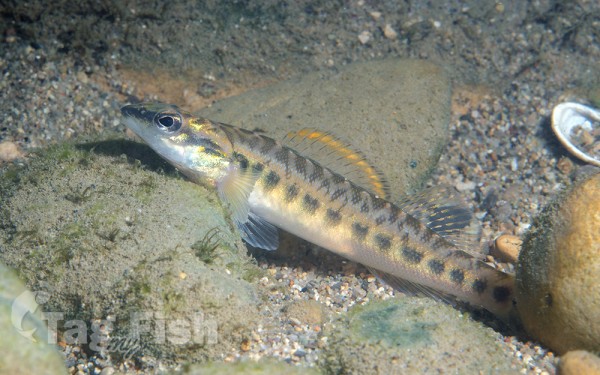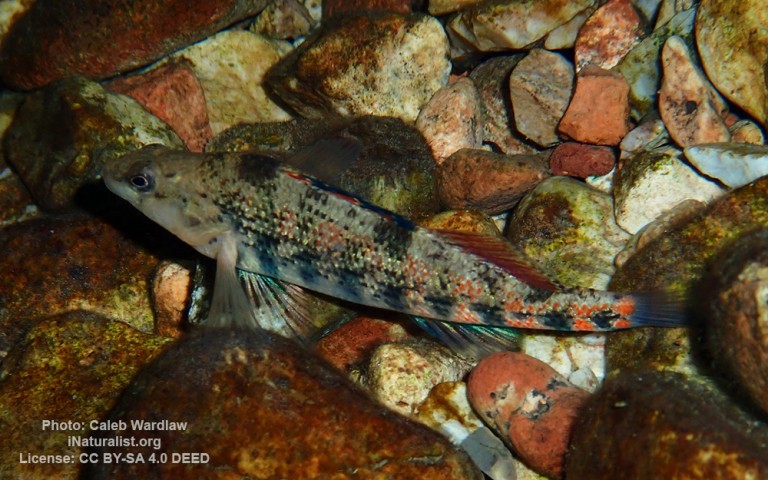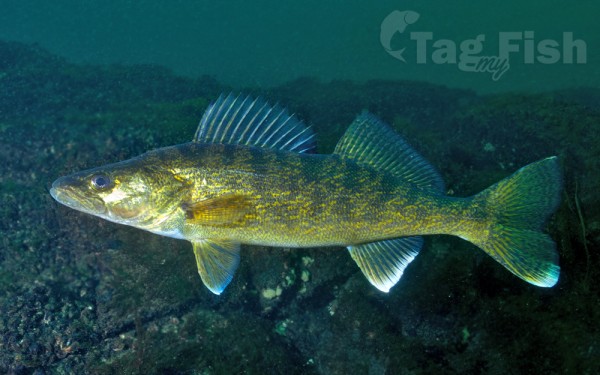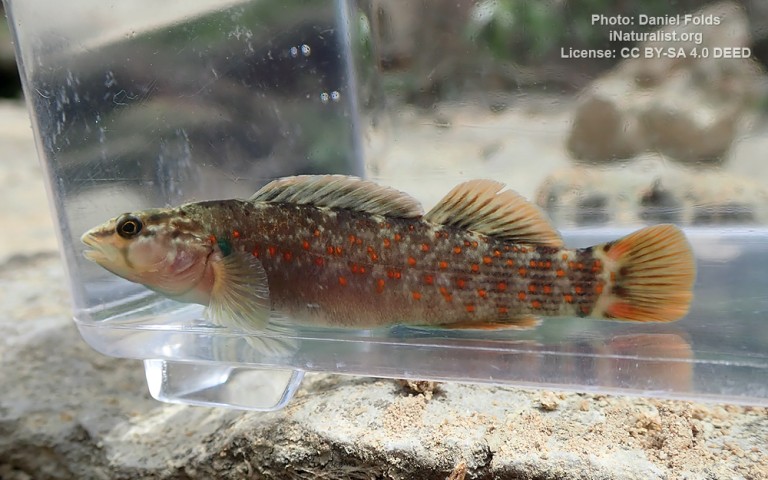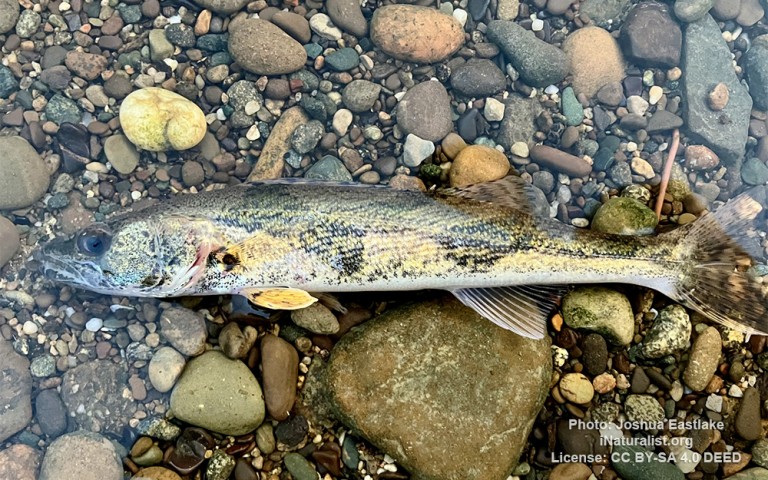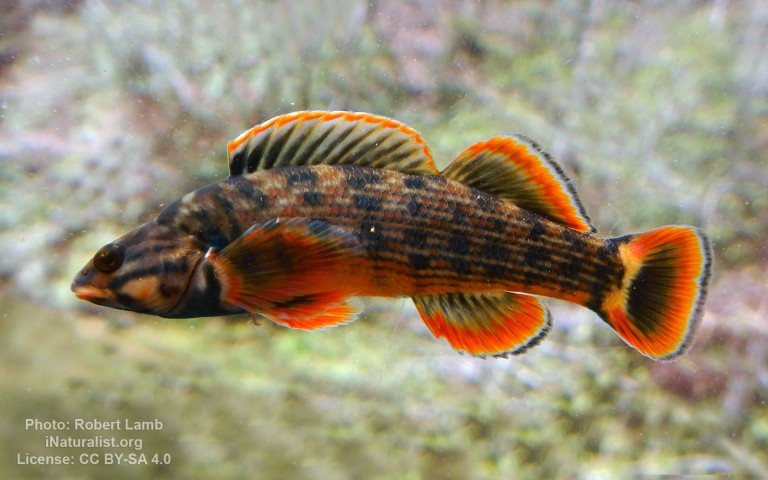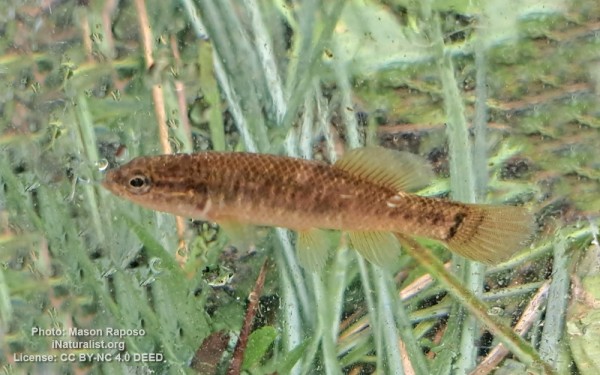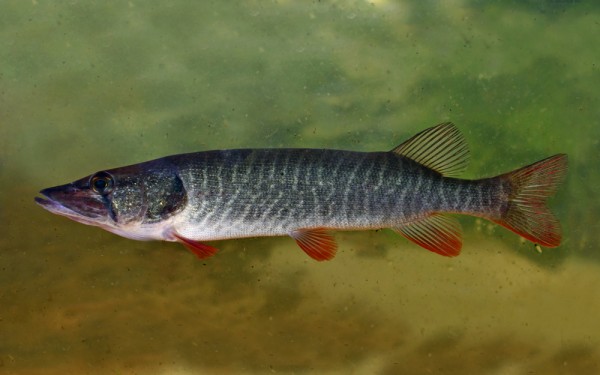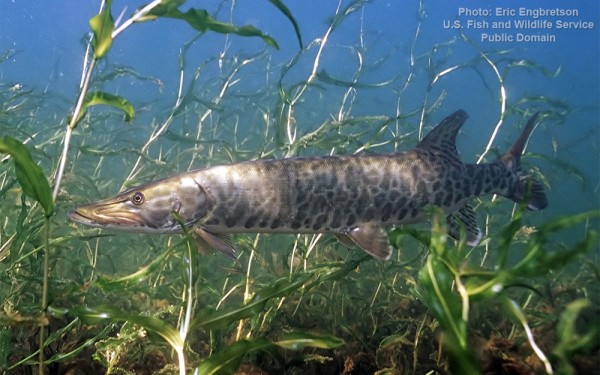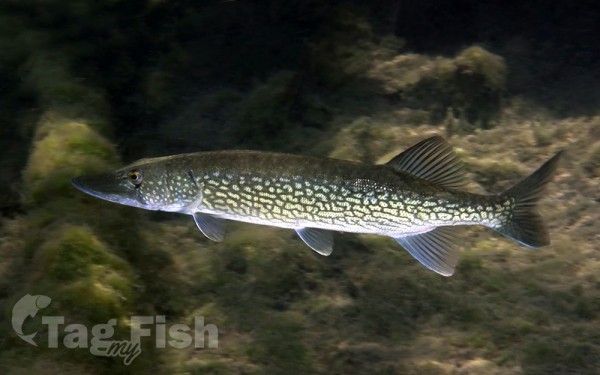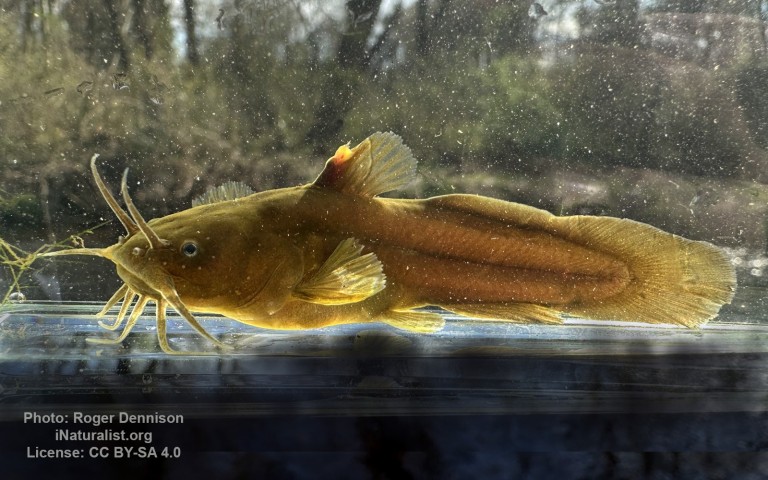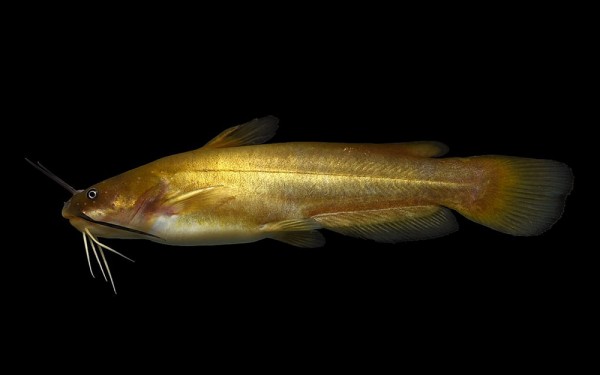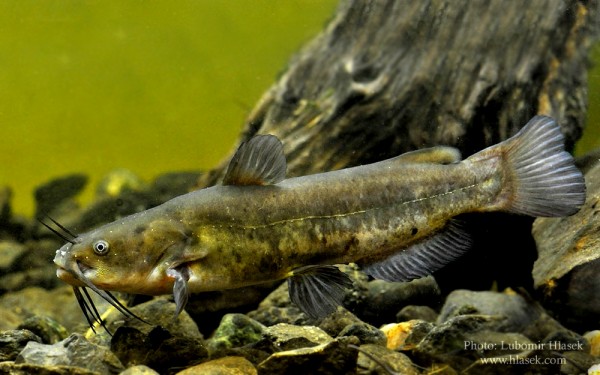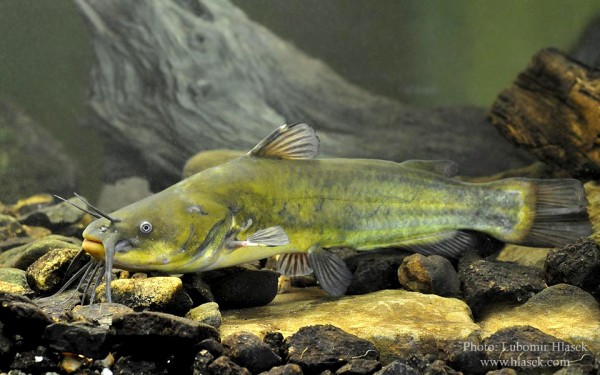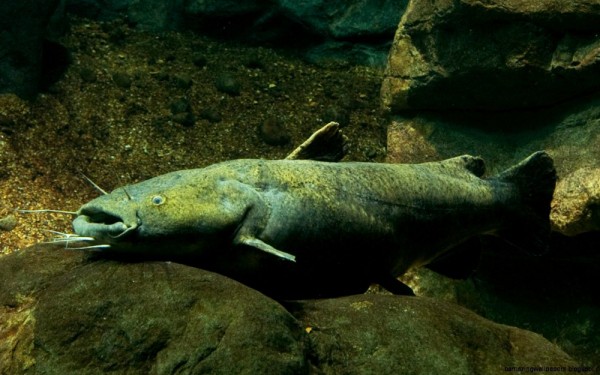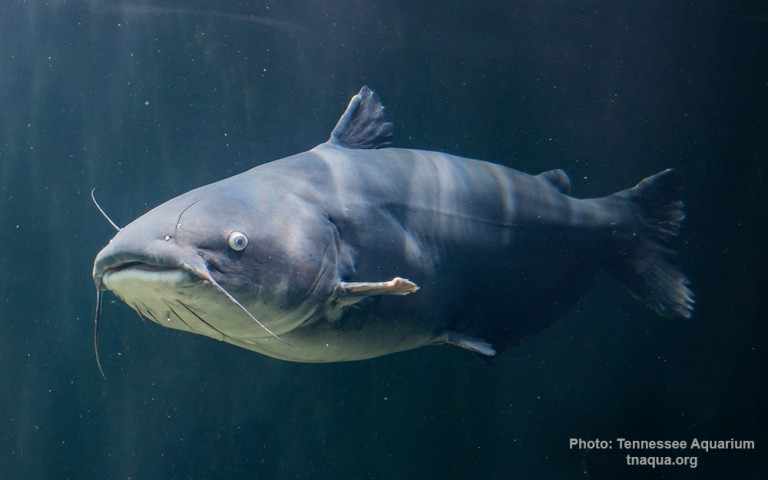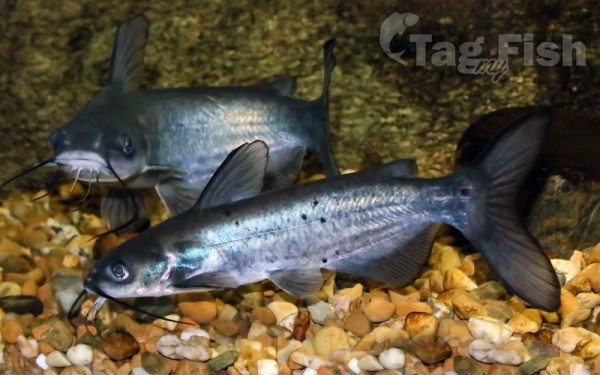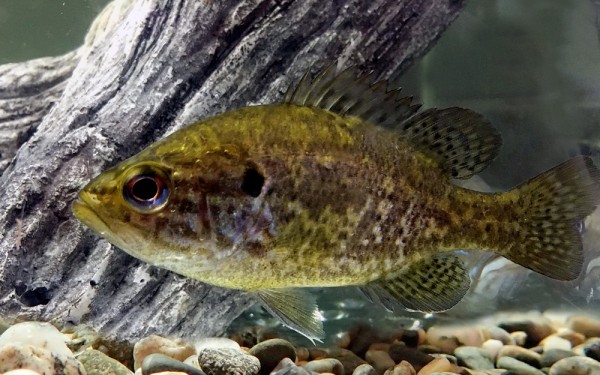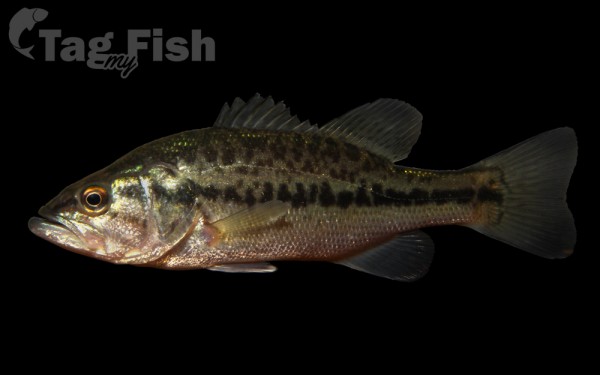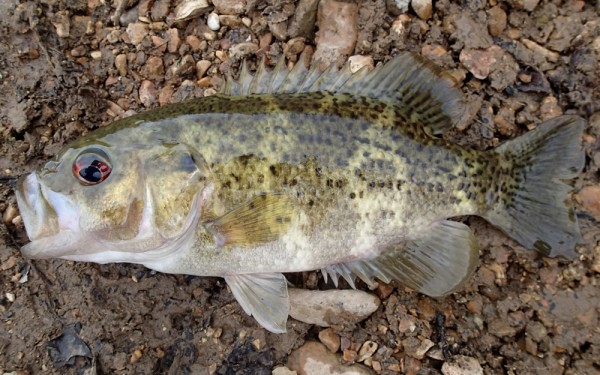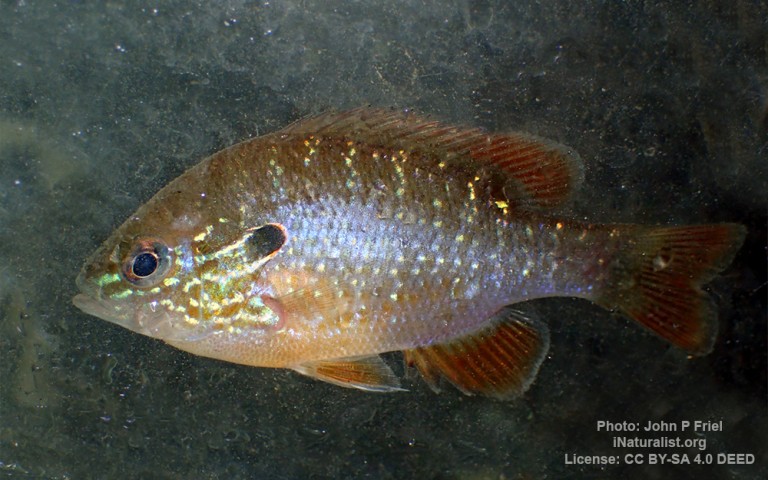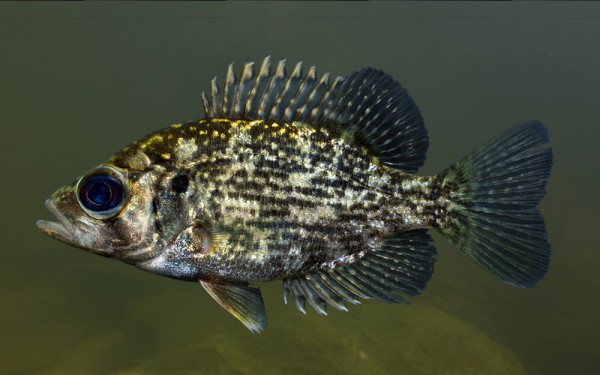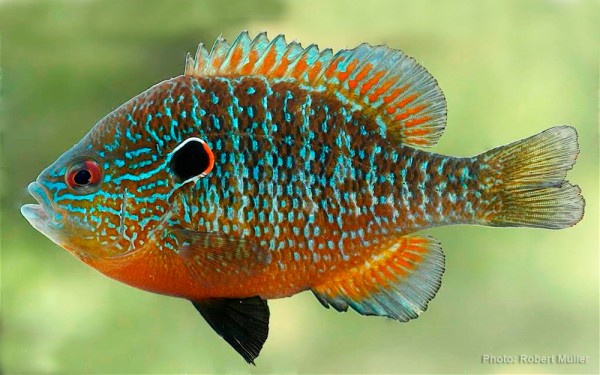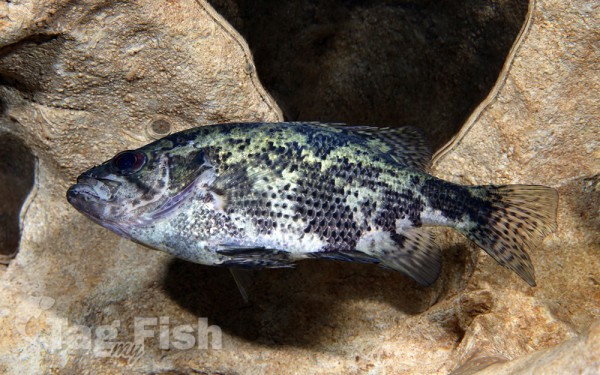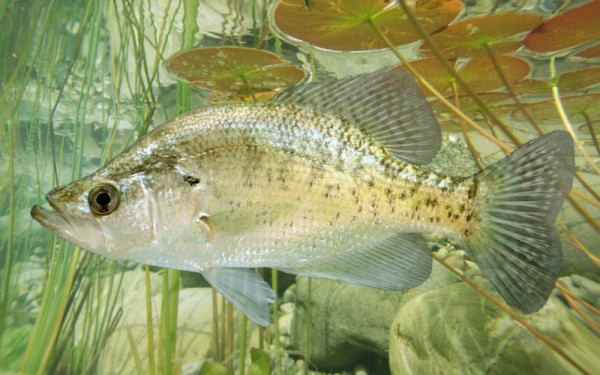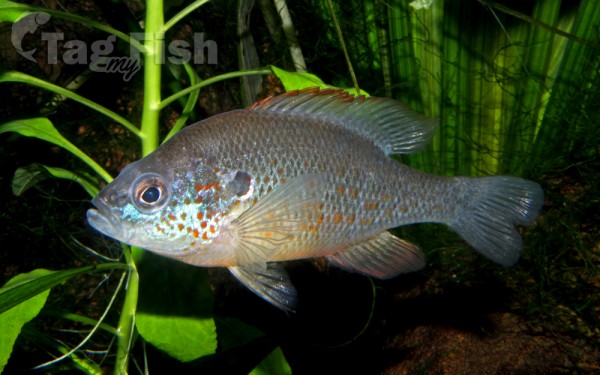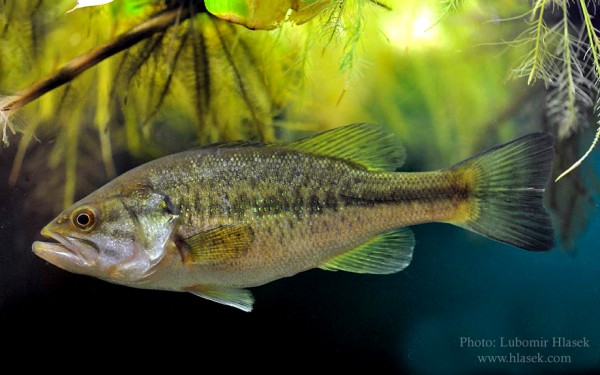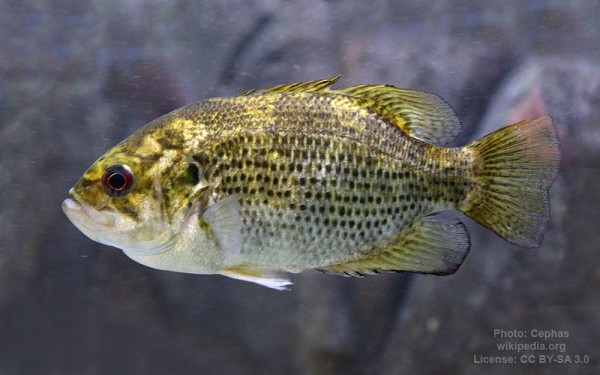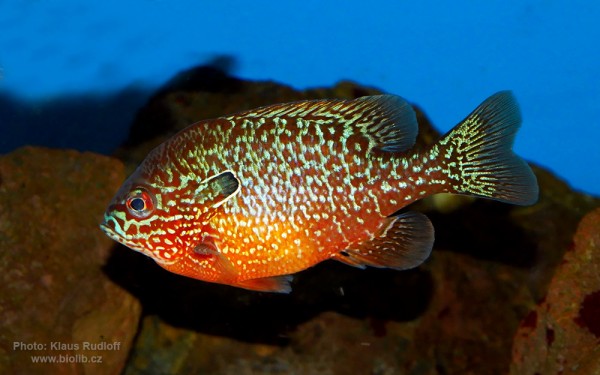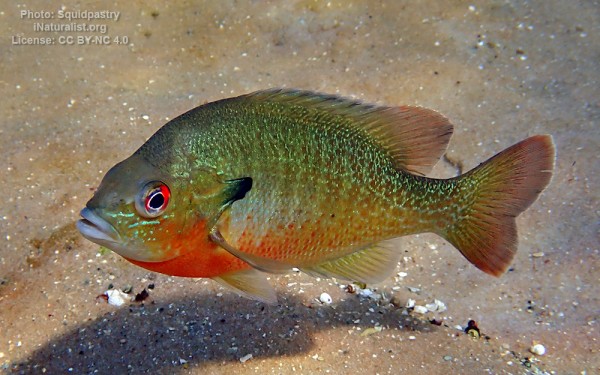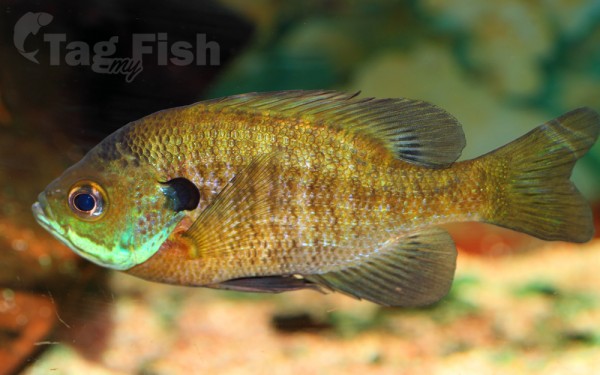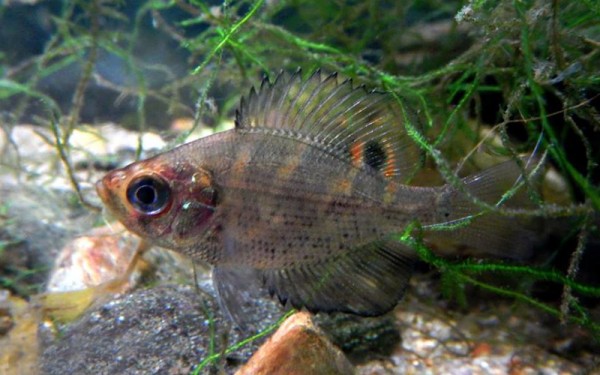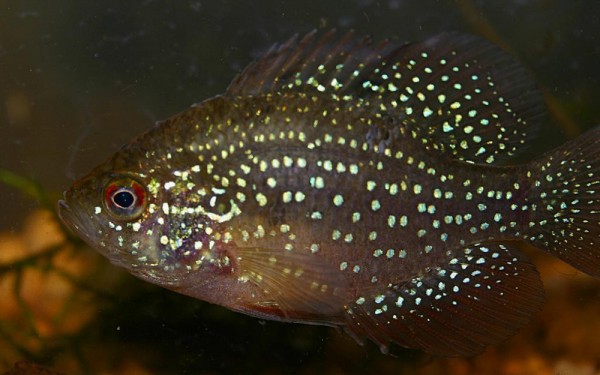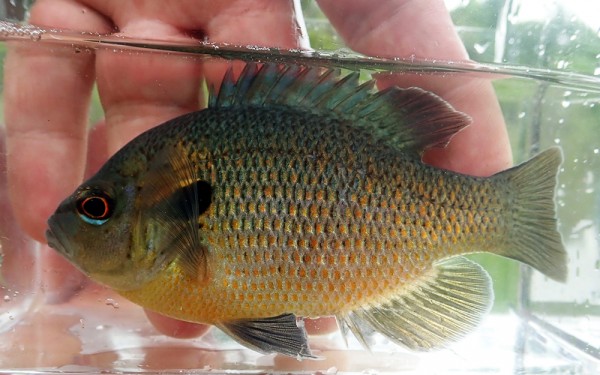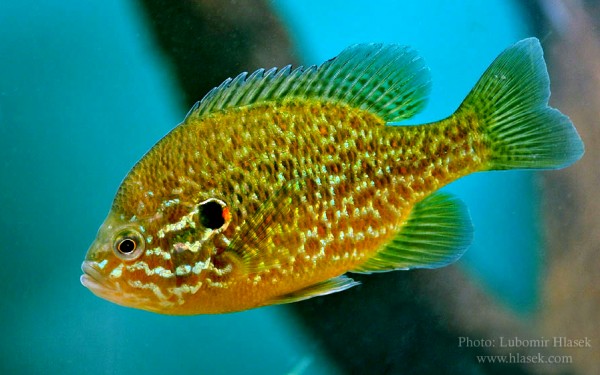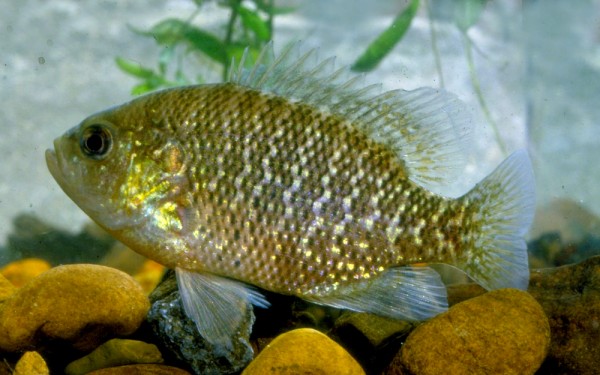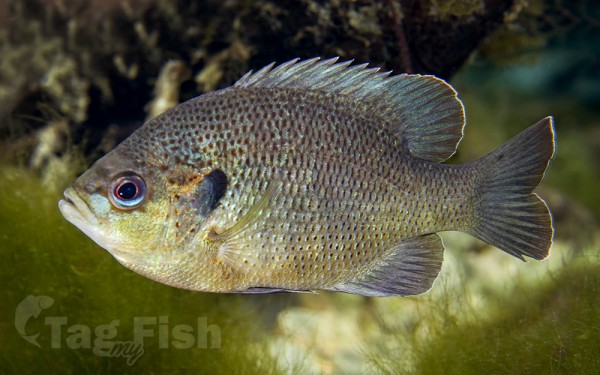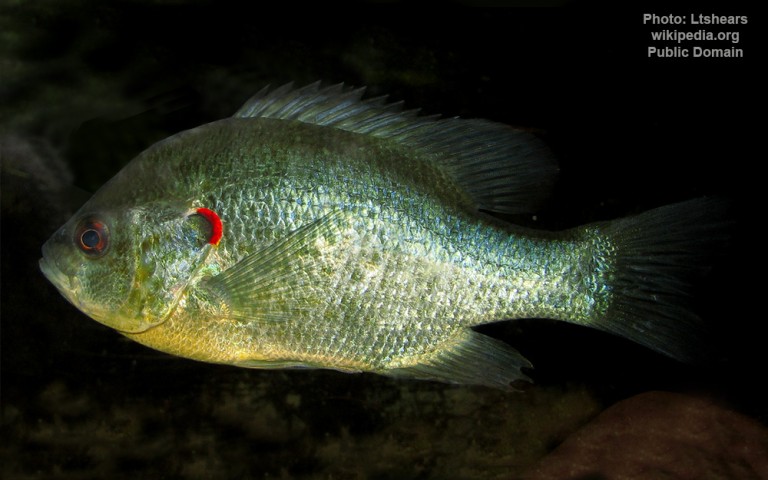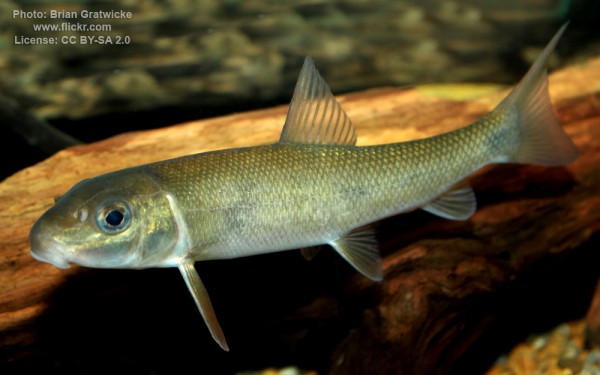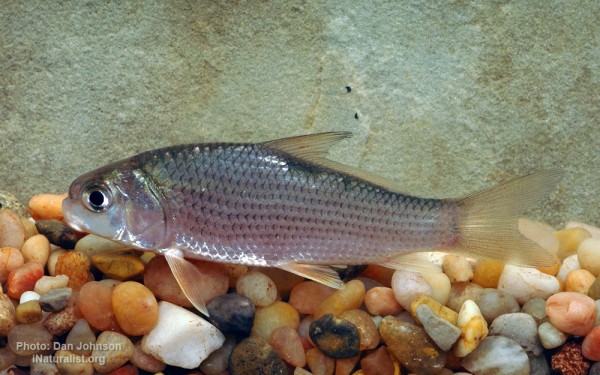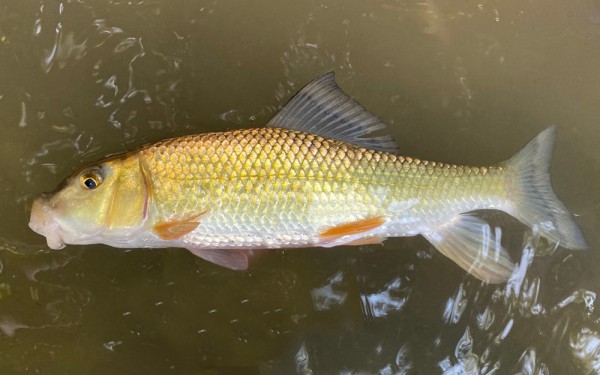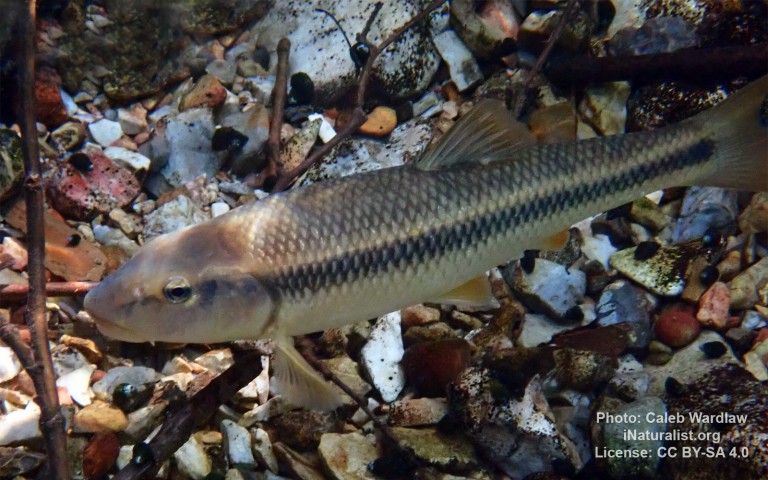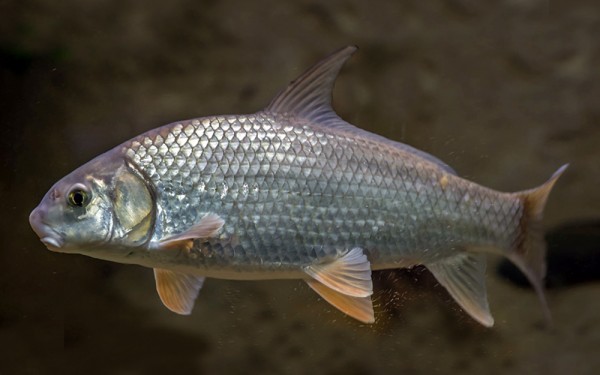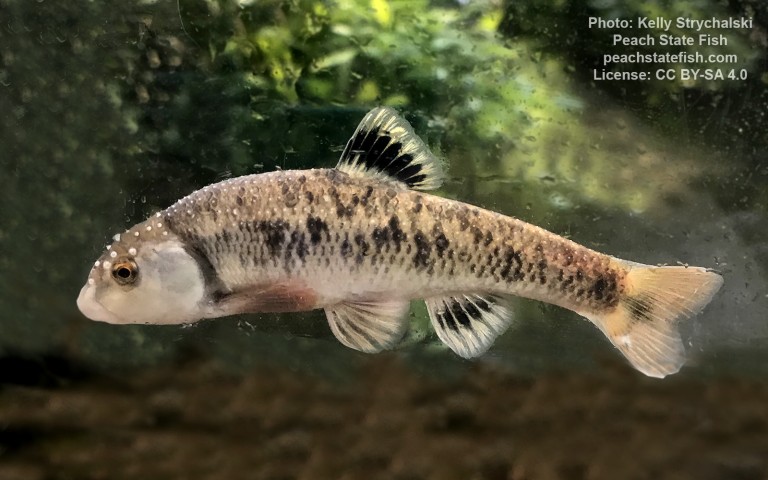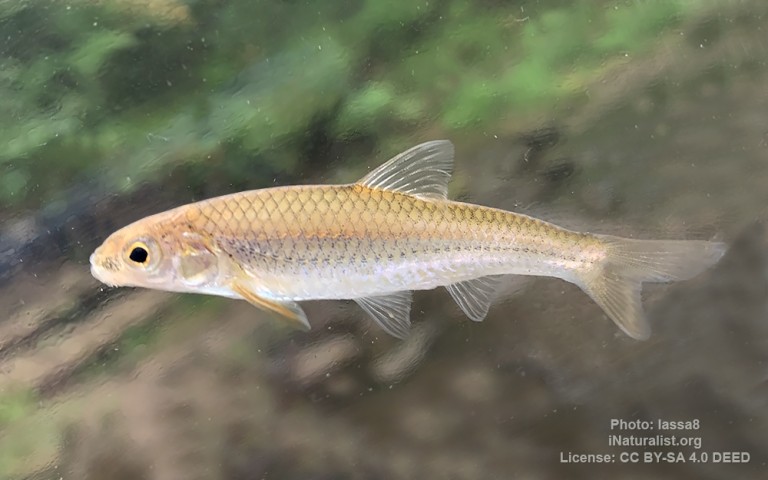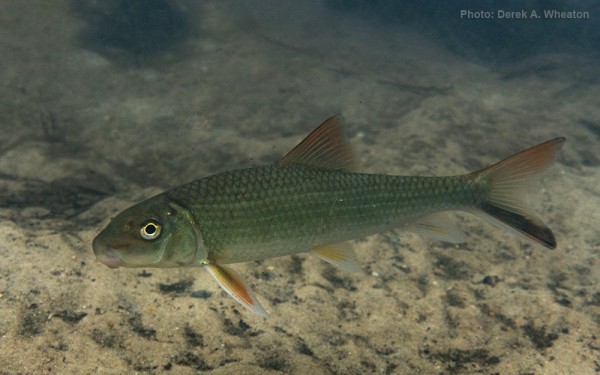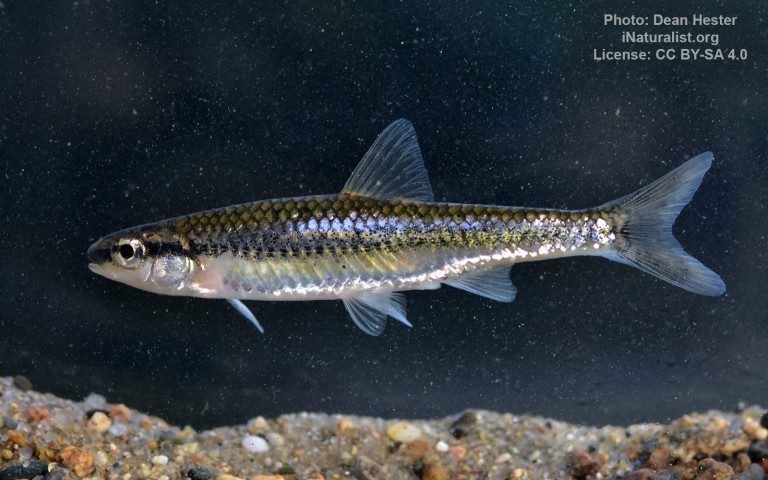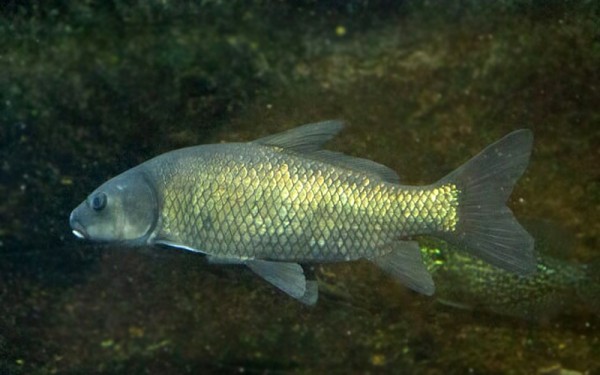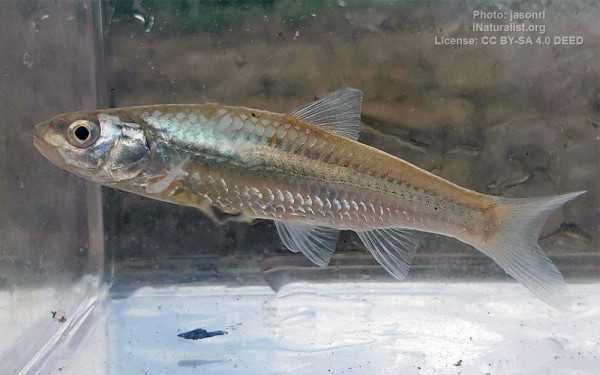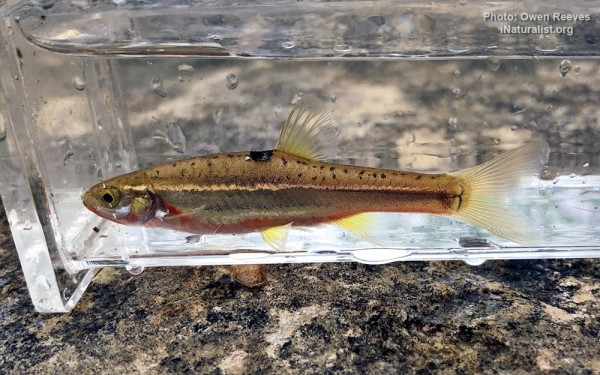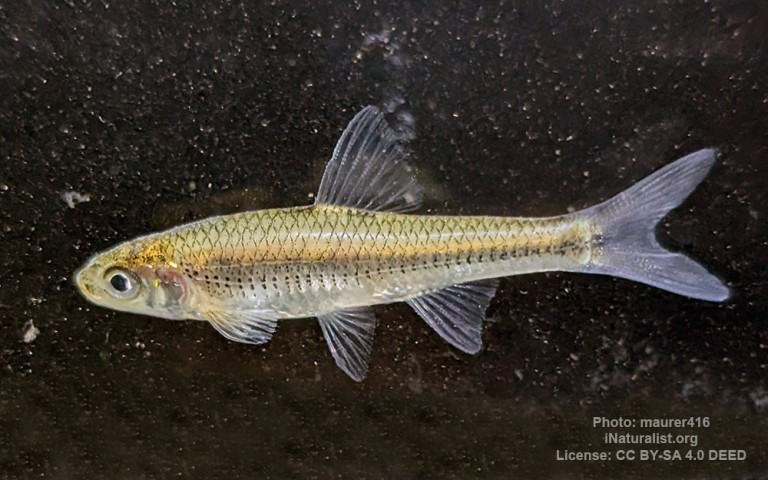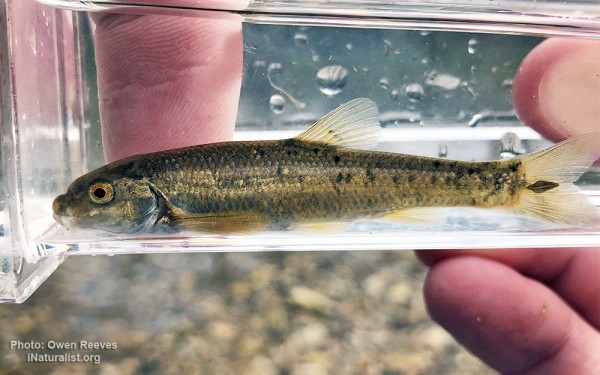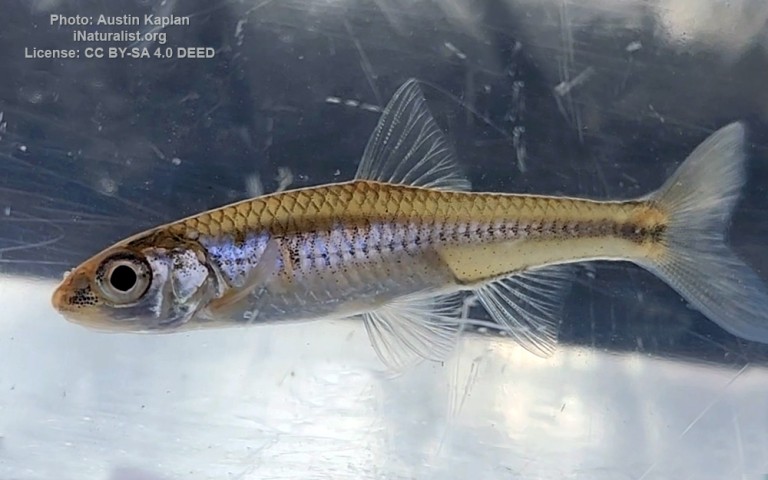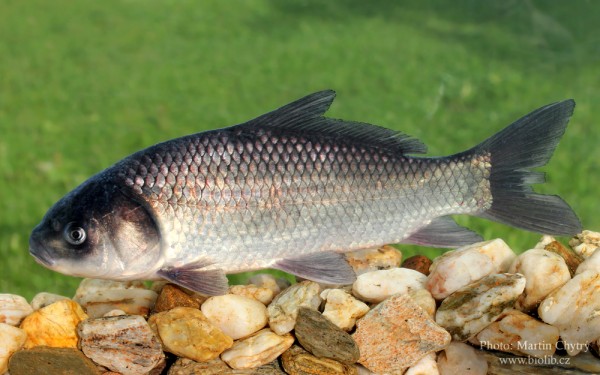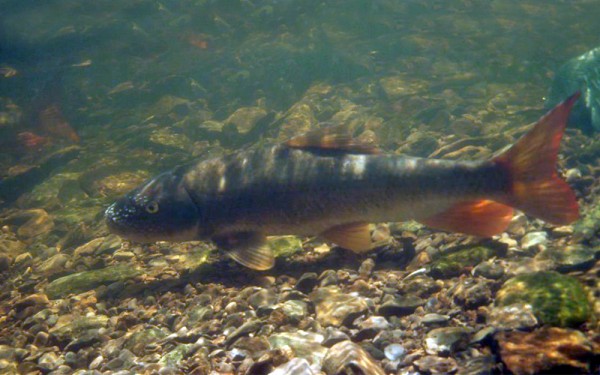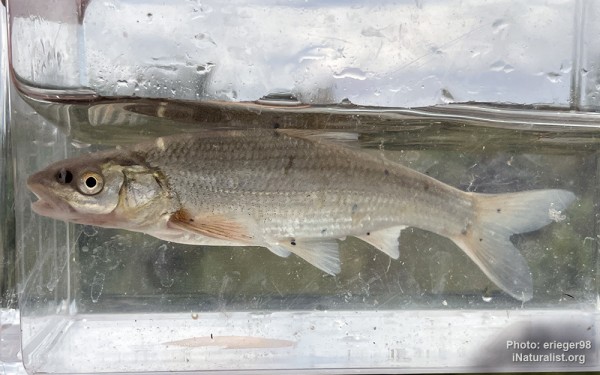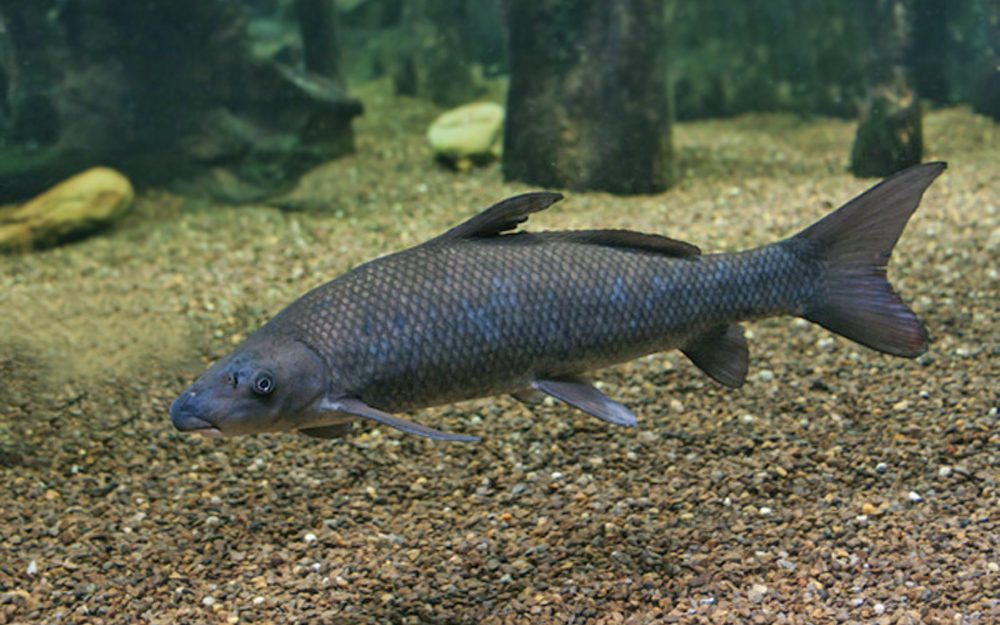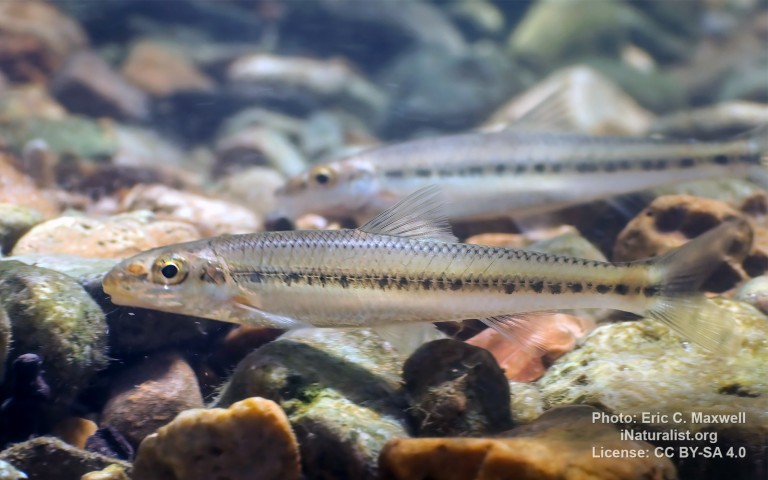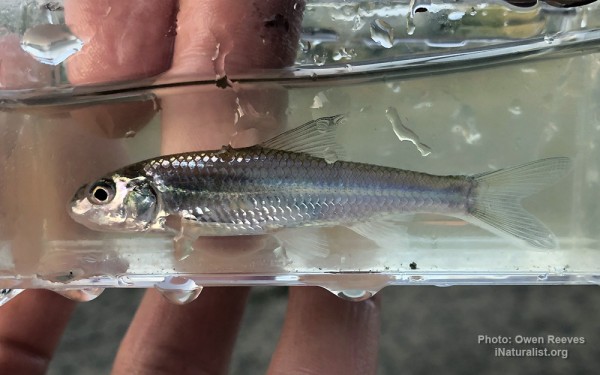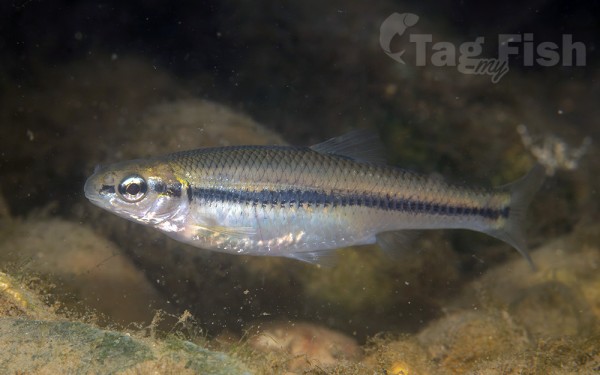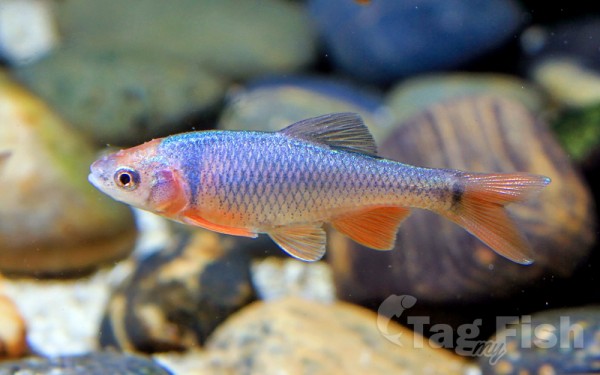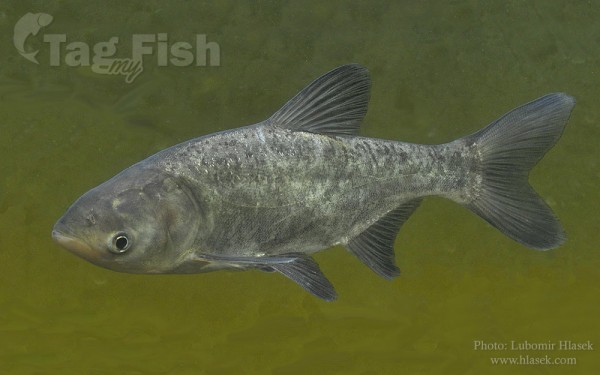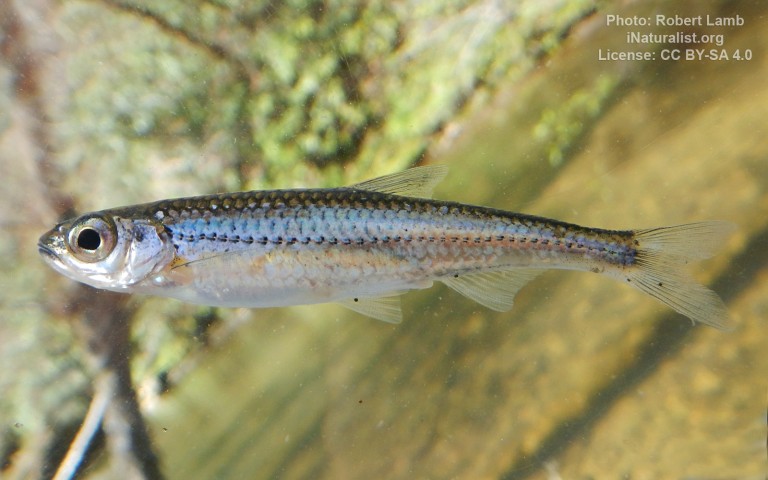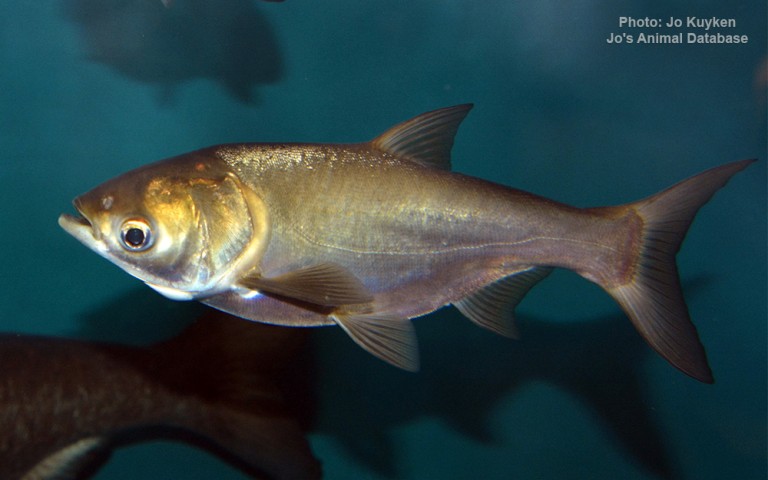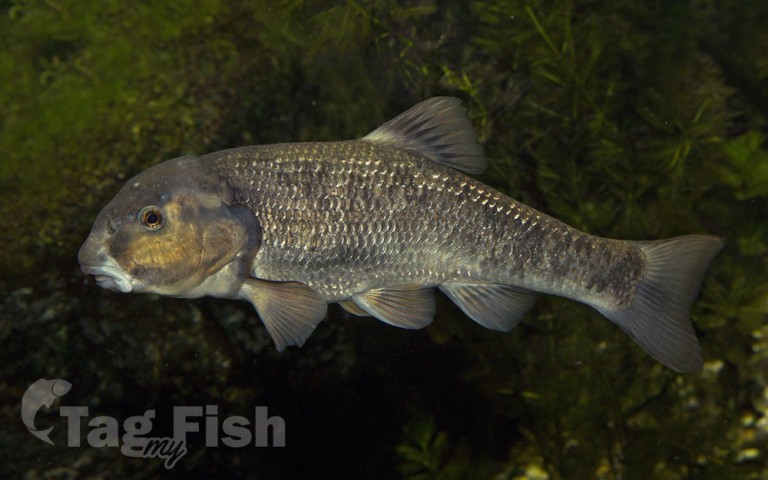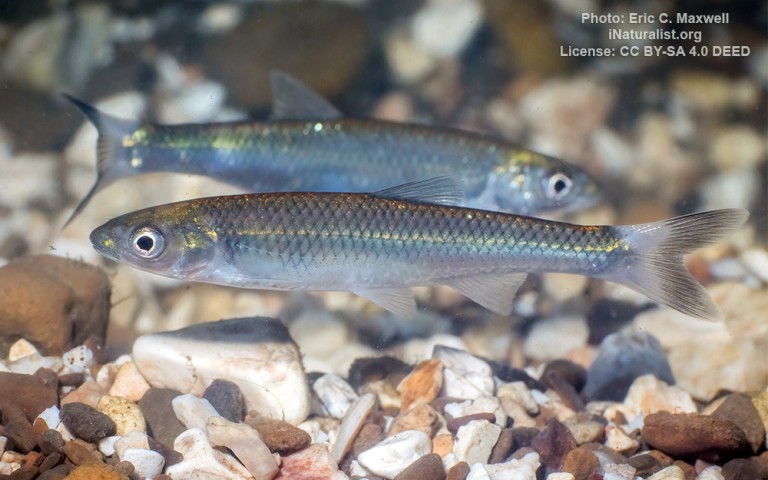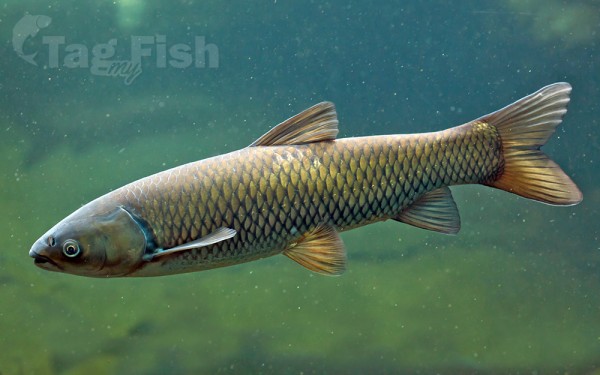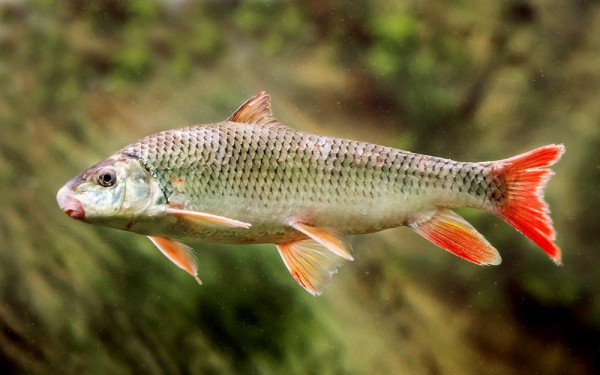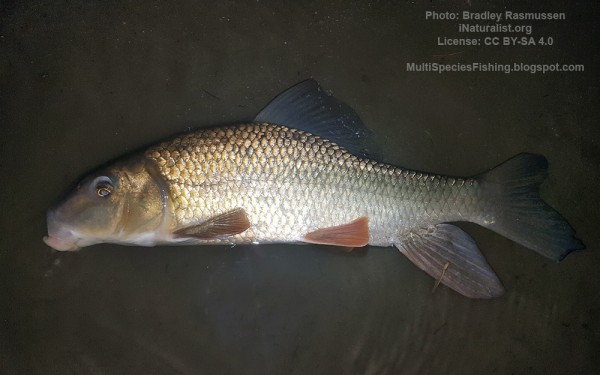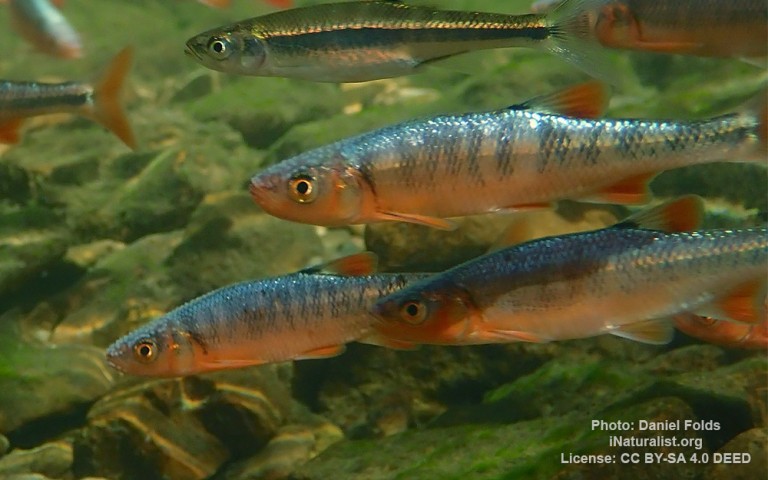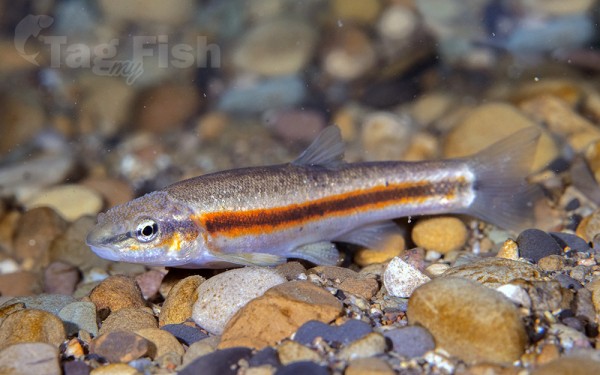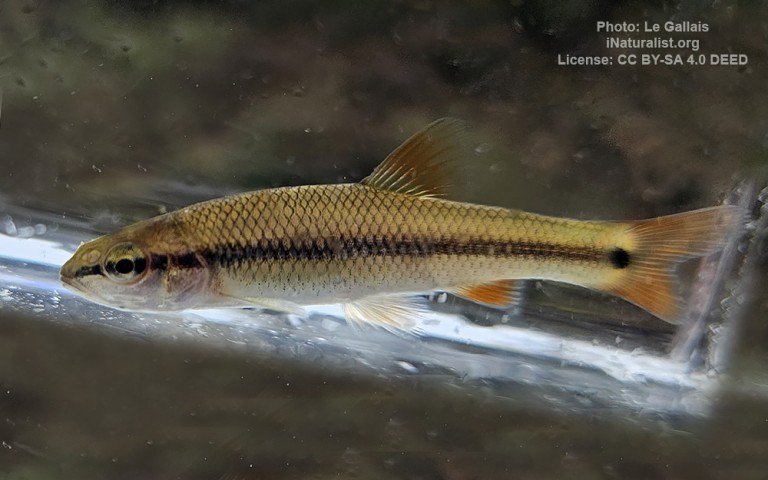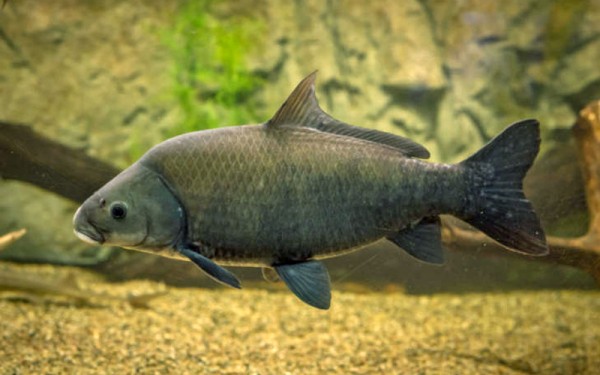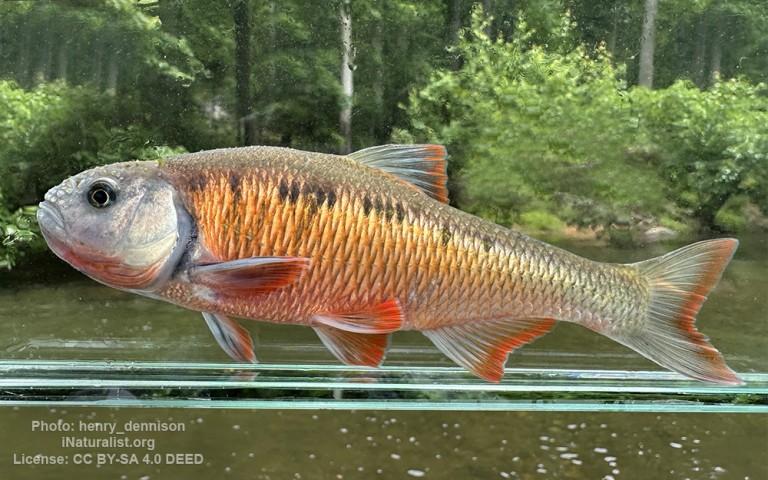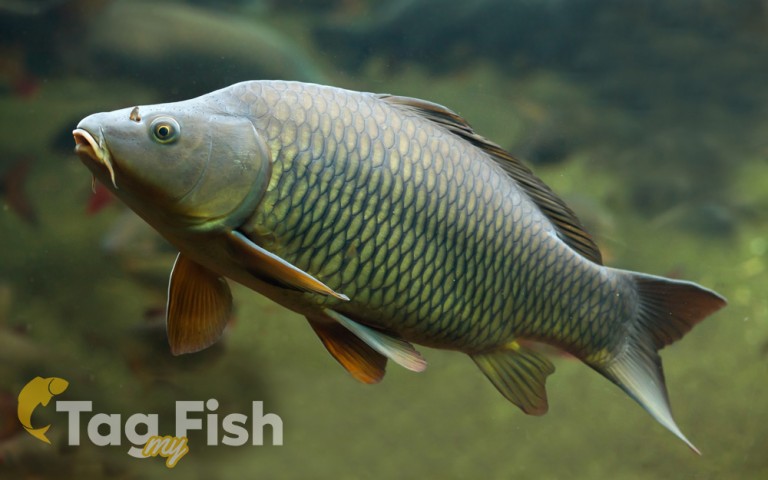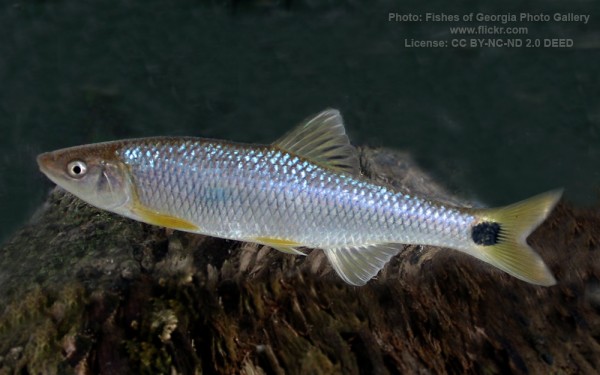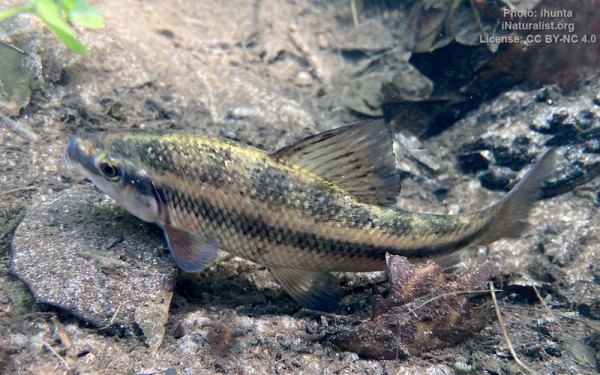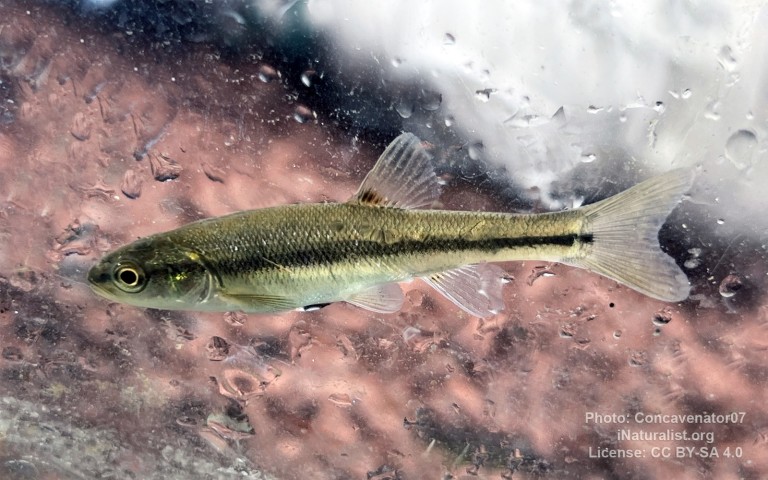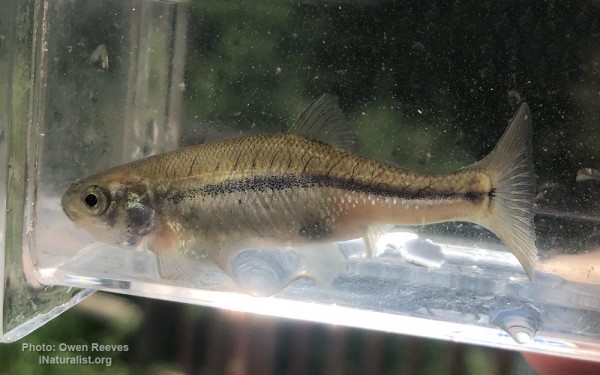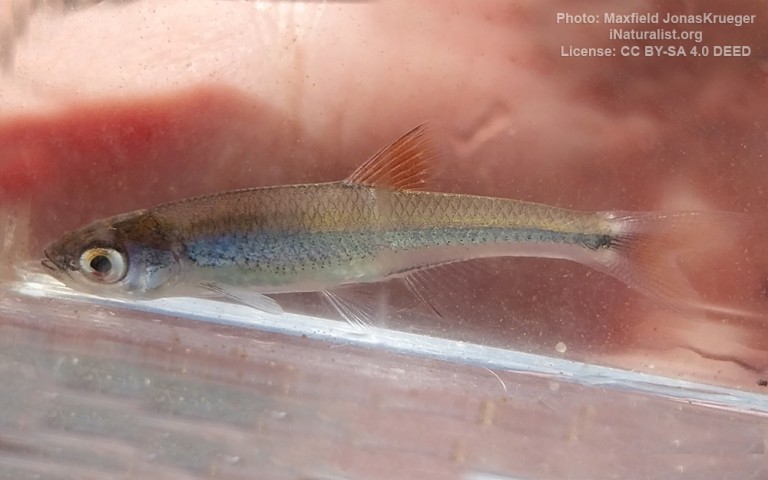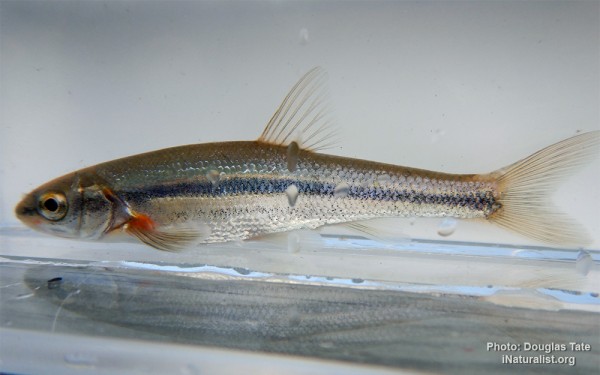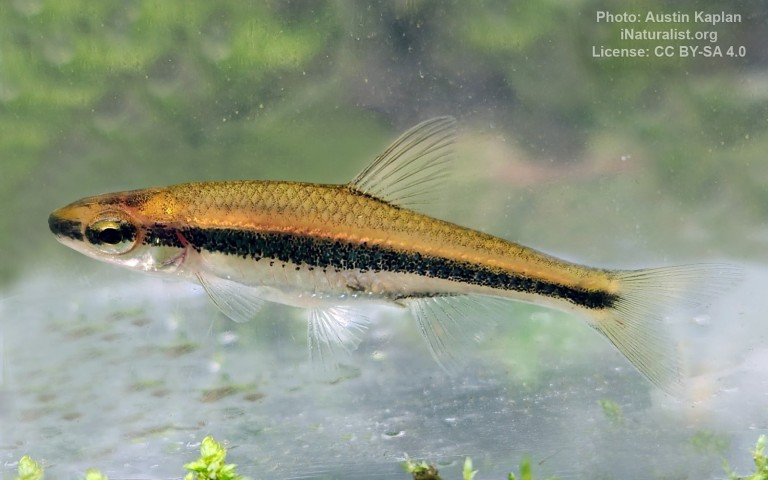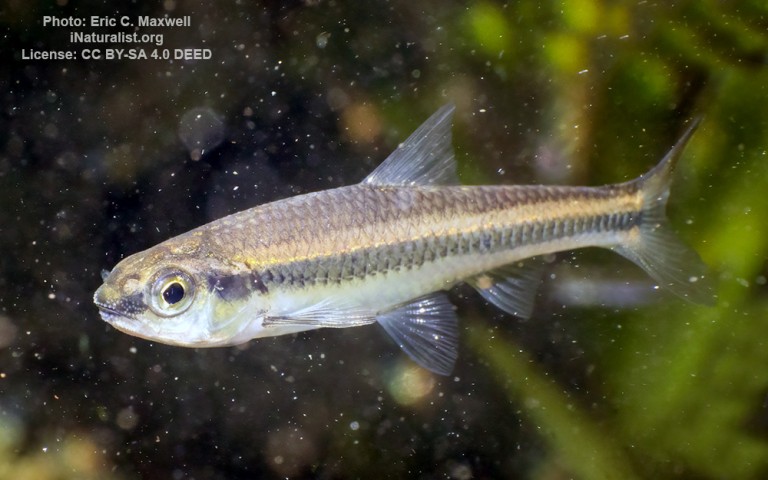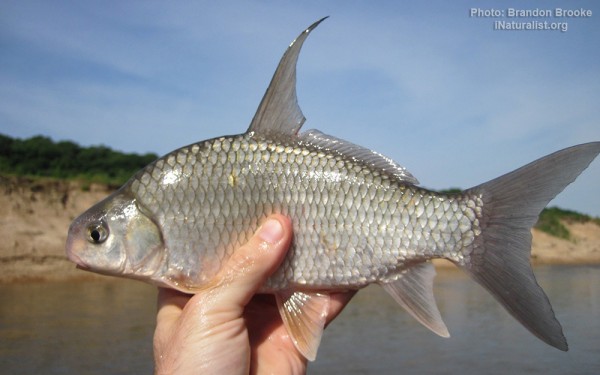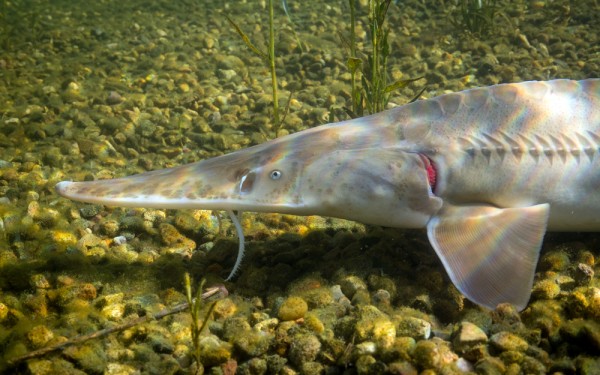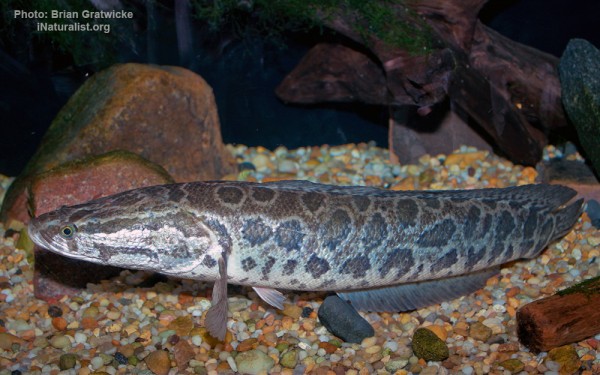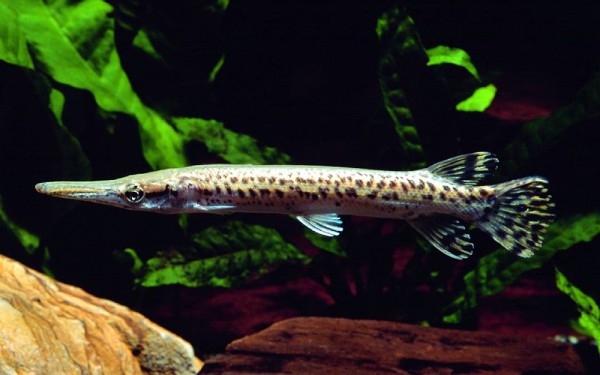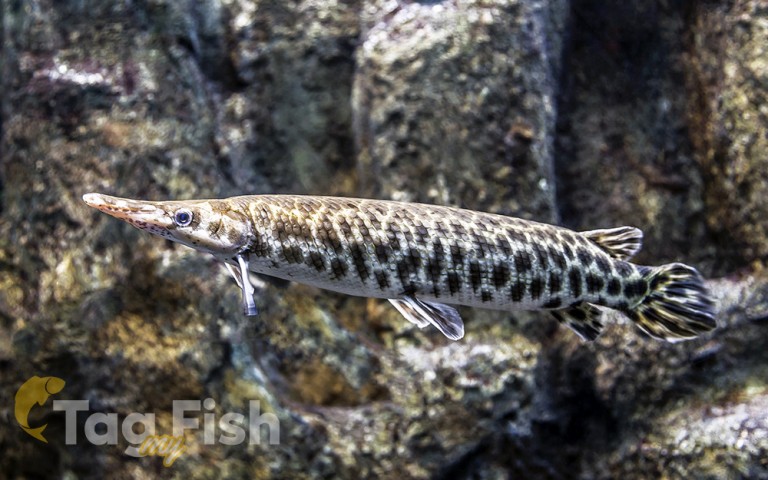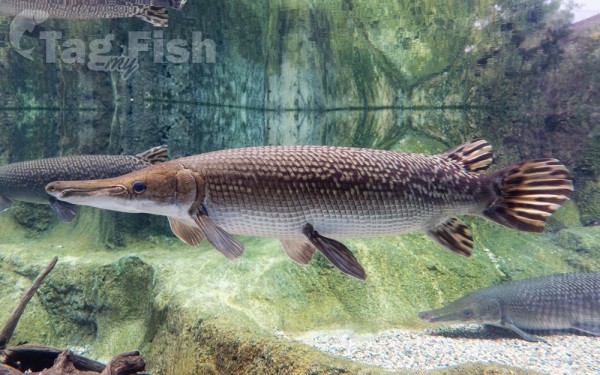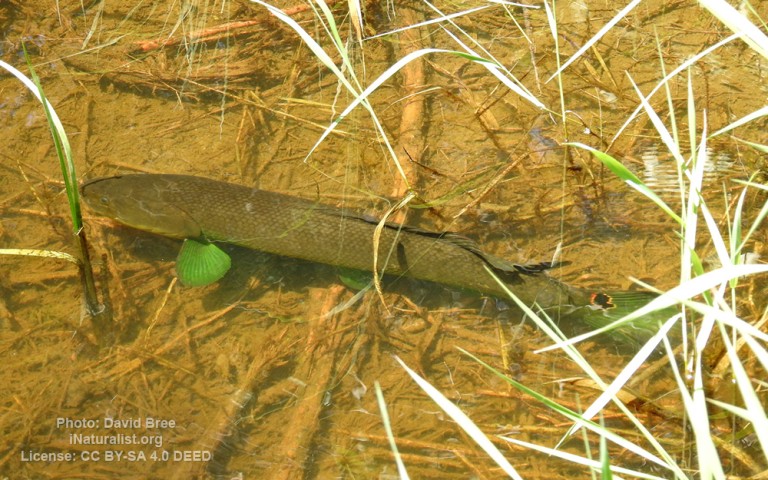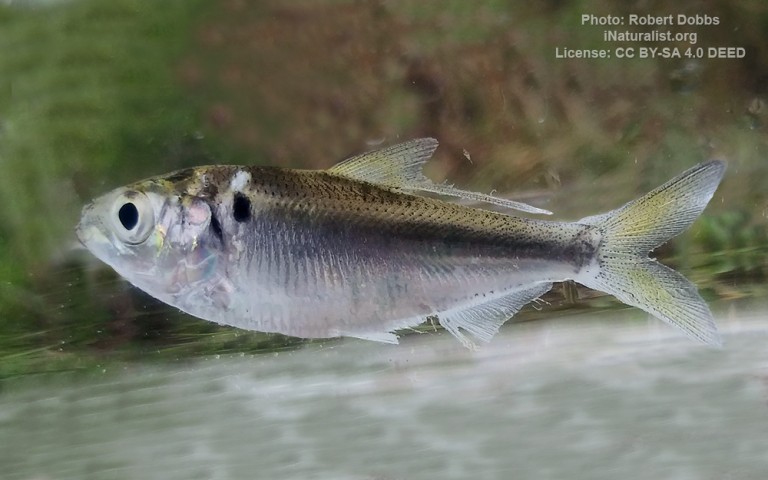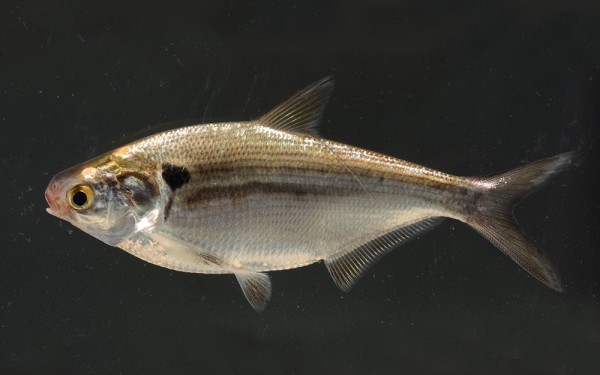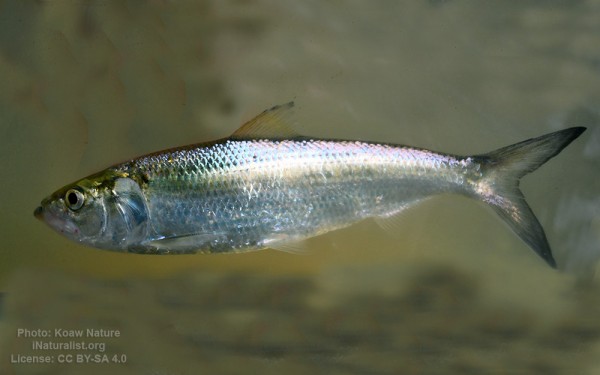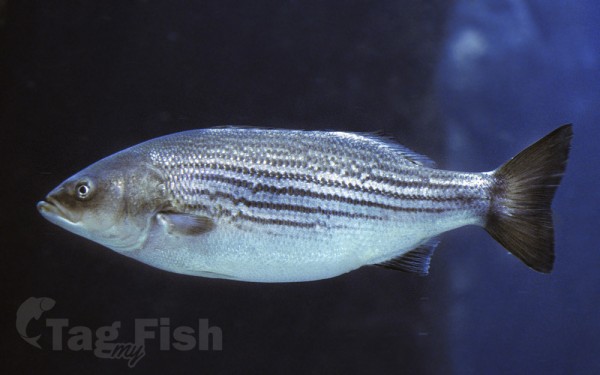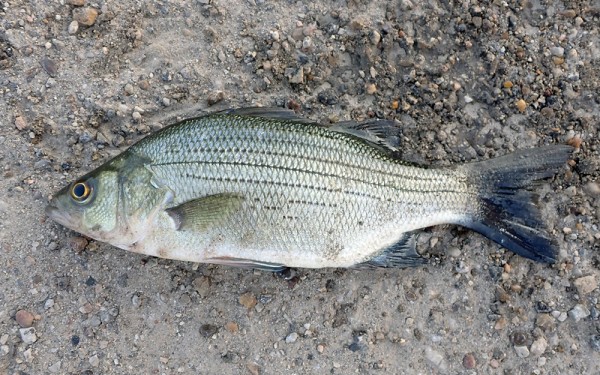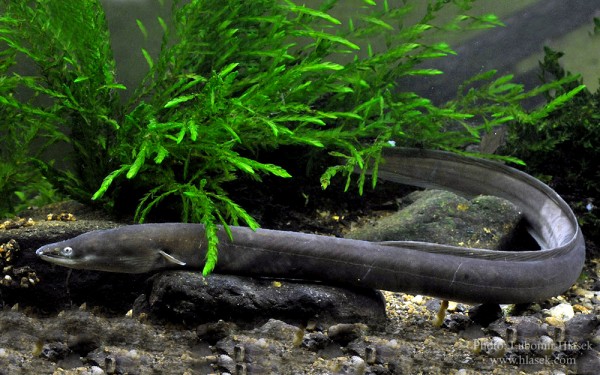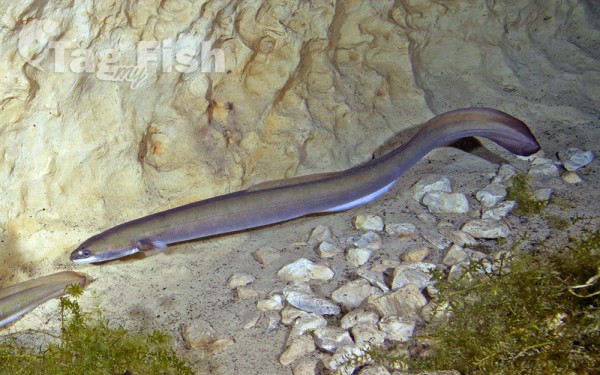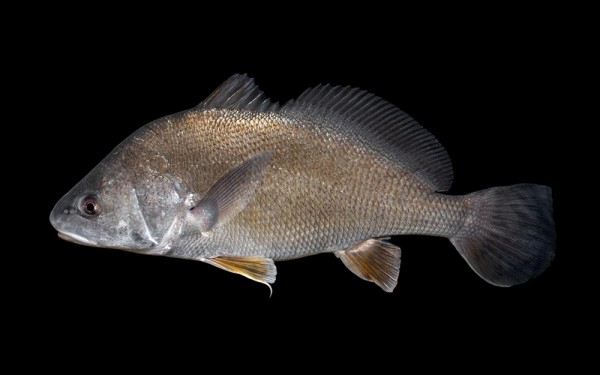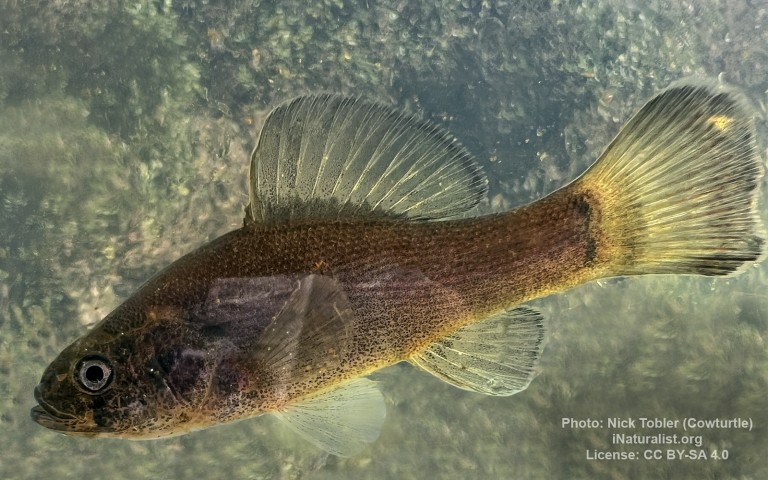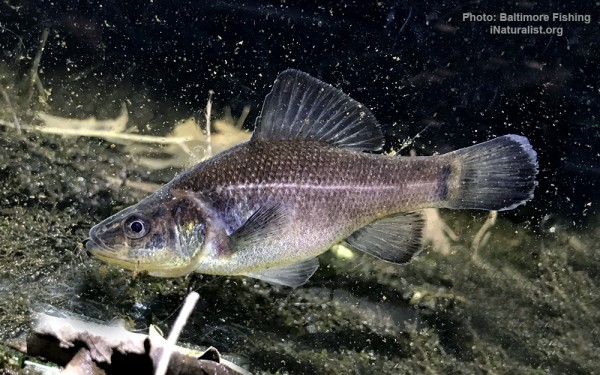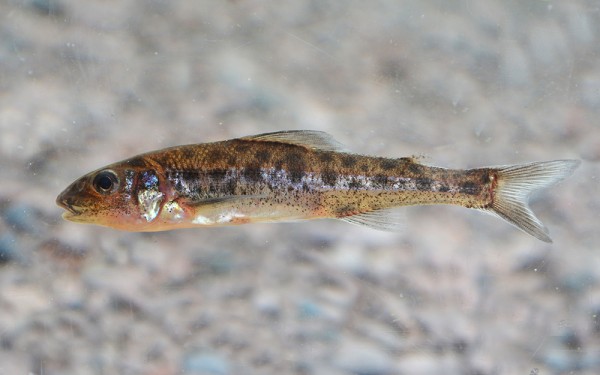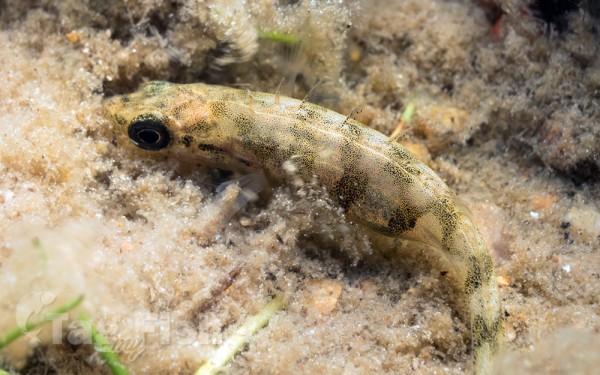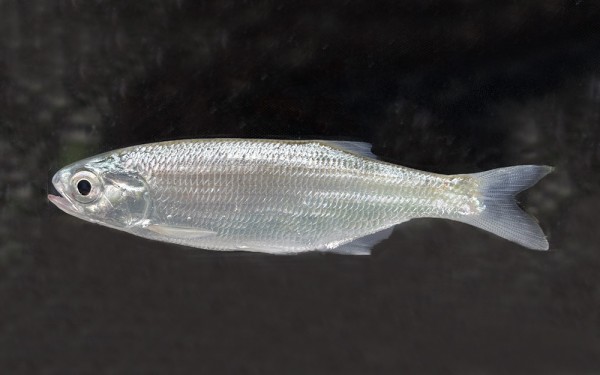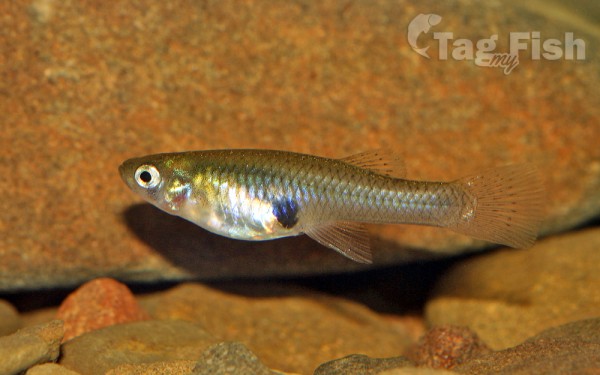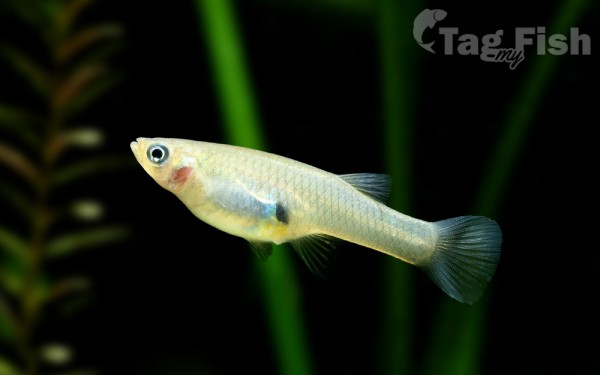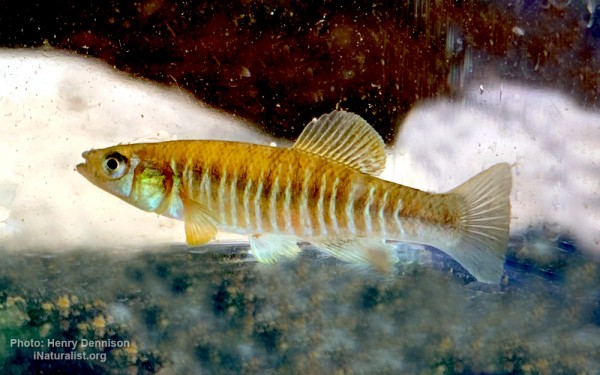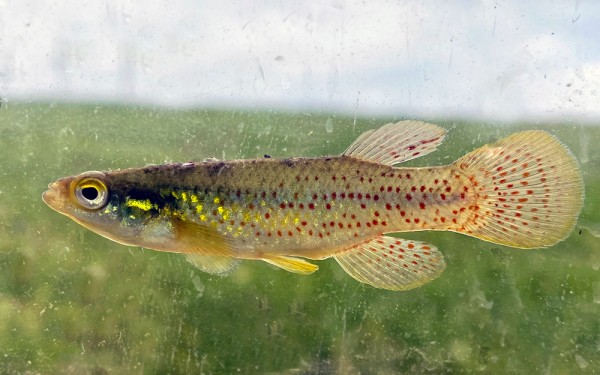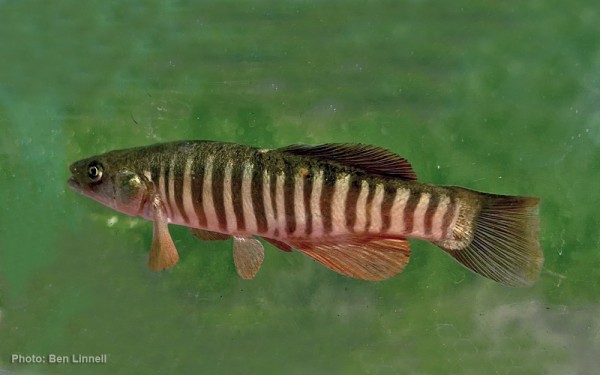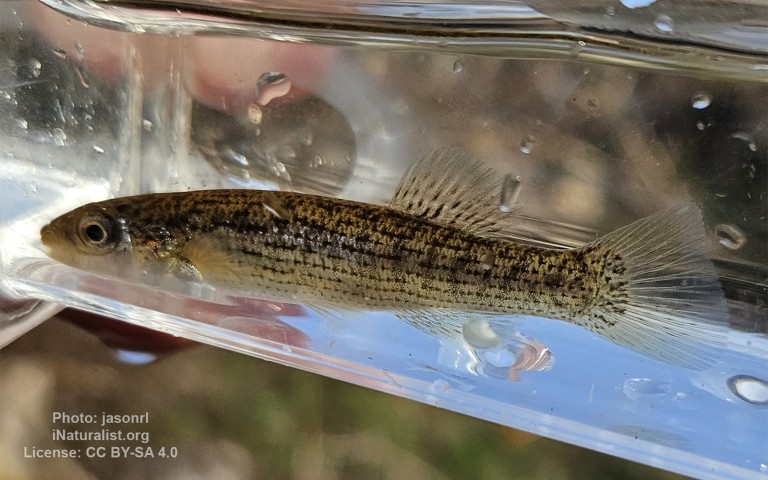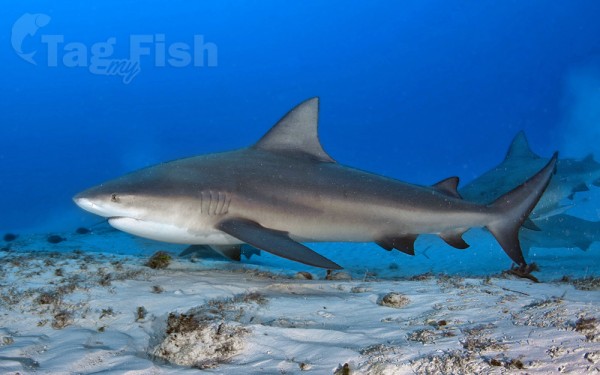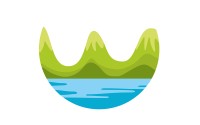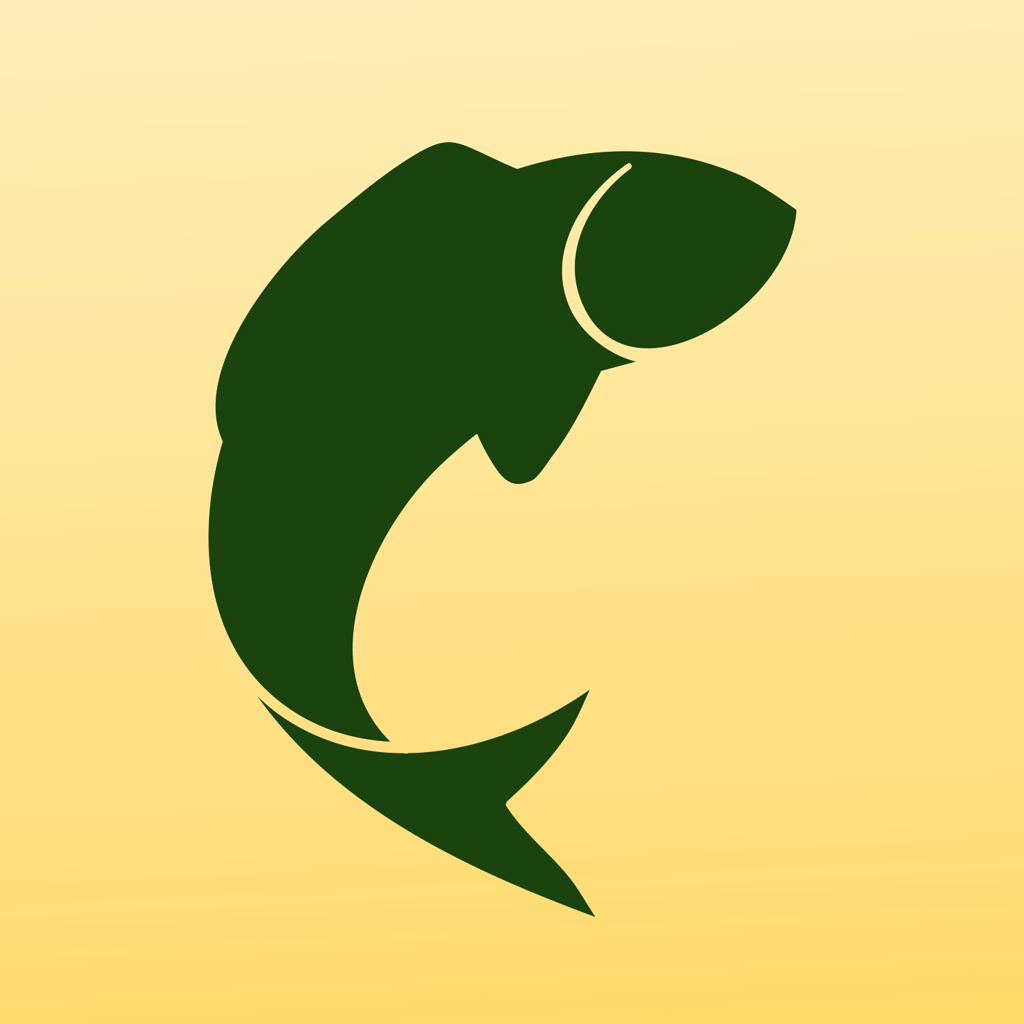Tongue River (Montana)
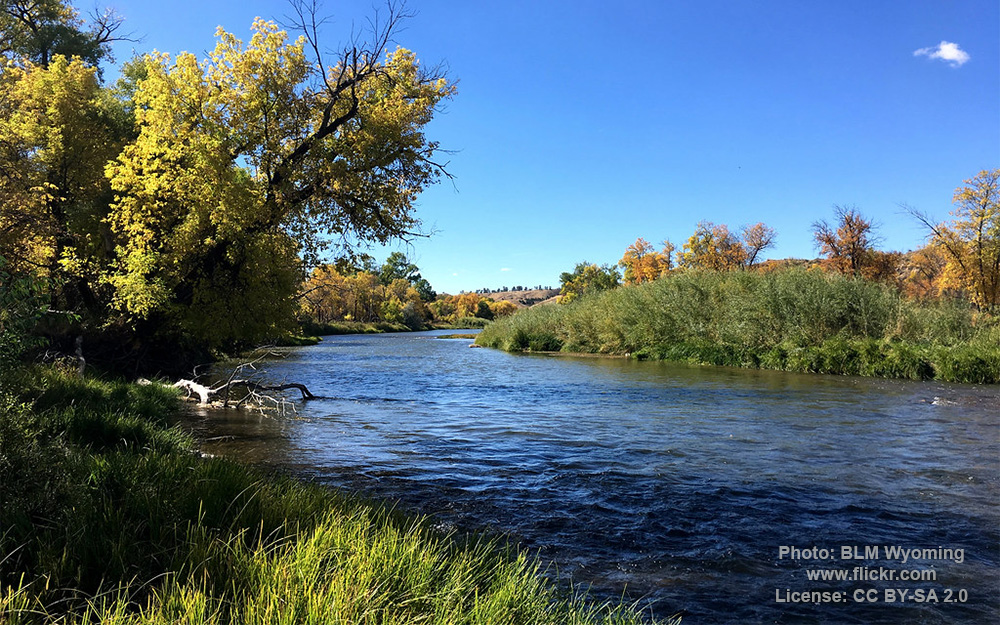
Smaller tributaries
Perciformes - Perches
Esociformes - Pikes
Siluriformes - Catfishes
Centrarchiformes - Basses and sunfishes
Cypriniformes - Carps
Acipenseriformes - Sturgeons and Paddlefish
Anabantiformes - Gouramies and snakeheads
Lepisosteiformes - Gars
Amiiformes - Bowfins
Clupeiformes - Herrings
Moroniformes - Temperate basses
Anguilliformes - Eels and morays
Acanthuriformes - Surgeonfishes
Percopsiformes - Trout-perches
Gasterosteiformes - Sticklebacks
Hiodontiformes - Mooneyes
Cyprinodontiformes - Toothcarps
Carcharhiniformes - Ground sharks
Petromyzontiformes - Lampreys
Perciformes - Perches
Esociformes - Pikes
Siluriformes - Catfishes
Centrarchiformes - Basses and sunfishes
Cypriniformes - Carps
Acipenseriformes - Sturgeons and Paddlefish
Anabantiformes - Gouramies and snakeheads
Lepisosteiformes - Gars
Amiiformes - Bowfins
Clupeiformes - Herrings
Moroniformes - Temperate basses
Anguilliformes - Eels and morays
Acanthuriformes - Surgeonfishes
Percopsiformes - Trout-perches
Gasterosteiformes - Sticklebacks
Hiodontiformes - Mooneyes
Cyprinodontiformes - Toothcarps
Carcharhiniformes - Ground sharks
Petromyzontiformes - Lampreys
The Tongue River is a tributary of the Yellowstone River, approximately 265 miles (426 km) long, located in the U.S. states of Wyoming and Montana. It originates in Wyoming in the Big Horn Mountains, flows generally northeast through northern Wyoming and southeastern Montana, and ultimately joins the Yellowstone River at Miles City, Montana. The river traverses through the diverse and scenic landscapes of eastern Montana, including the Tongue River Canyon, the Tongue River breaks, the pine hills of southern Montana, and the buttes and grasslands that were once inhabited by vast migratory herds of American bison.
The Tongue River watershed includes areas of the Cheyenne and Crow Reservations in Montana. Its headwaters are situated within the Bighorn National Forest in Wyoming, and the watershed covers the Ashland Ranger District of the Custer National Forest.
The headwaters of the Tongue River are located within the Bighorn National Forest. The Ashland Ranger District of the Custer National Forest, situated on forested buttes between the Tongue River and Pumpkin Creek, encompasses this area. The Custer National Forest comprises three separate ranger districts, with the Beartooth Ranger District in the Beartooth uplift region and the Sioux Ranger District located in the southeast corner of Montana and the northwest corner of South Dakota.
The term ’Tongue River Canyon’ can refer to either the river’s mountain canyon in the Big Horn Mountains of Wyoming or the river’s prairie canyon in Montana, which is located downstream from the Tongue River Dam and Reservoir.
The major tributaries of the Tongue River include Pumpkin Creek, Otter Creek, Hanging Woman Creek, Prairie Dog Creek, and Goose Creek. These tributaries all join the eastern side of the river and flow in a northerly direction.
Pumpkin Creek, with its headwaters near the small community of Sonnette, Montana, extends for 71 miles (114 km) into the Custer National Forest before meeting the Tongue River about 13 miles (21 km) above its mouth. Otter Creek, originating near the Wyoming-Montana state line, enters the Tongue River near Ashland, Montana, approximately 68 miles (109 km) upstream from the river’s mouth. Hanging Woman Creek, with its headwaters in northern Wyoming, joins the Tongue River at Birney, Montana, about 91 miles (146 km) above its mouth. Prairie Dog Creek and Goose Creek converge with the Tongue River at the point where it changes direction from eastward to northeastward flow. Goose Creek drains a scenic basin in Wyoming, on the eastern edge of the Big Horn Mountains.
To the west, the Tongue River basin is adjacent to the Rosebud Creek basin, while to the east, it is adjacent to the Powder River basin. All three rivers flow in a northerly direction into the Yellowstone River.
The Tongue River and its tributaries traverse parts of Custer, Powder River, Rosebud, and Big Horn counties in Montana, as well as Sheridan County in Wyoming.
The Tongue River Reservoir is popular among fishermen for a variety of fish. Very large catfish have been caught at the reservoir. In its upper reaches above the Tongue River Reservoir, and extending into the Big Horn Mountains, the Tongue River is fished for trout. Follow the footnote for six access points in Wyoming, five of them in the mountain section of the Tongue.
The Tongue is a Class I river from Tongue River Dam to its confluence with the Yellowstone River for public access and for recreational purposes.
